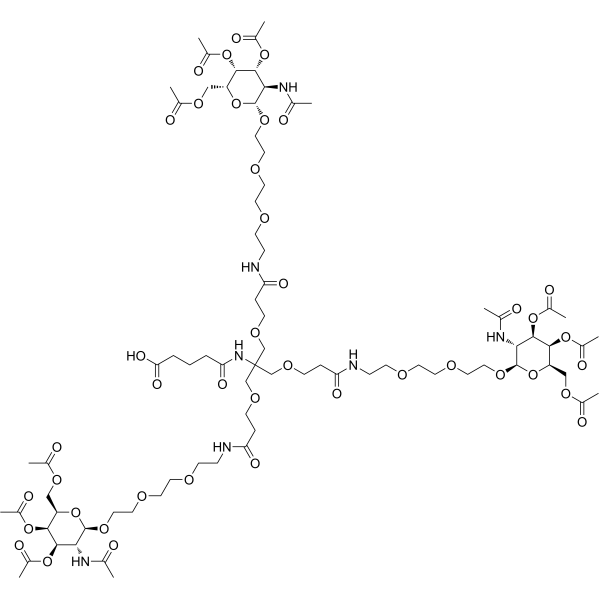TLR
TLR (Toll-like receptor) is a family of receptors that expressed on immune cells including B lymphoctes, macrophages and mast cells. Ir identifies pathogen-associated molecular patterns and mediate the cytokines productions for activation of innate immunity.
Products for TLR
- Cat.No. Product Name Information
-
GC66870
β-D-Glucan
β-D-glucan is a natural non-digestible polysaccharide and high biocompatibility that can be selectively recognized by recognition receptors such as Dectin-1 and Toll-like receptors as well as being easily internalized by murine or human macrophages, which is likely to attribute to a target delivery. β-d-glucan is an enteric delivery vehicle for probiotics.
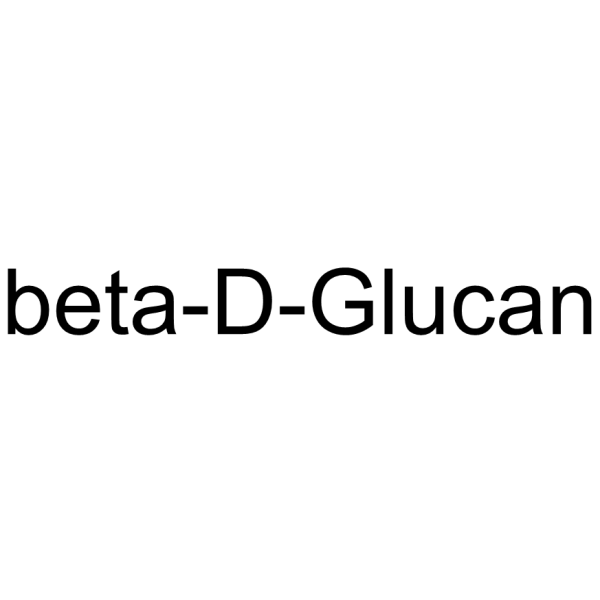
-
GC38728
1V209
1V209 (TLR7 agonist T7) is a Toll-like receptor 7 (TLR7) agonist and has anti-tumor effects. 1V209 can be conjugated with various polysaccharides to improve its water solubility, and enhance its efficacy, and maintain low toxicity.
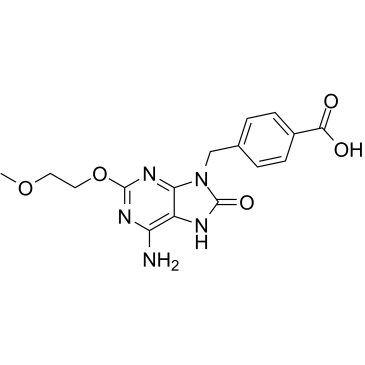
-
GC63485
Afimetoran
Afimetoran is a toll-like receptor antagonist, which can be used in the research of inflammatory and autoimmune diseases.
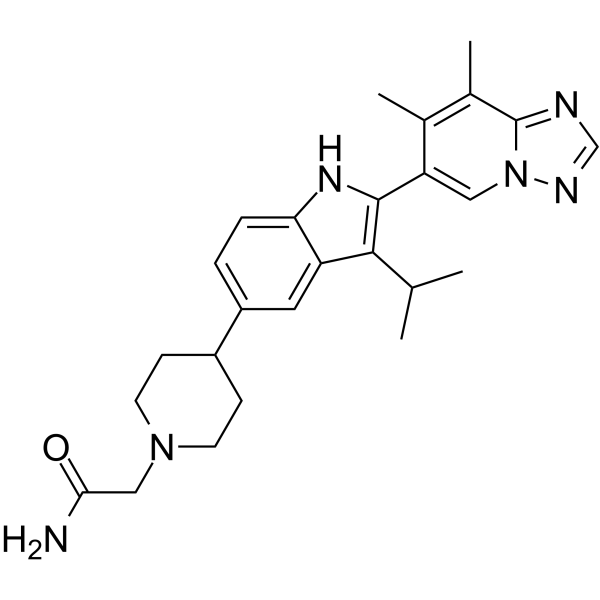
-
GC66396
Agatolimod
Agatolimod (ODN 2006), a class B ODN (oligodeoxynucleotide), is a TLR9 agonist. Agatolimod is also an optimal CpG sequence for humans. Agatolimod stimulates very strong production of NO2 and IL-6 in HD11 cells. Agatolimod can be used for breast cancer research. Sequence: 5'-tcgtcgttttgtcgttttgtcgtt-3'.
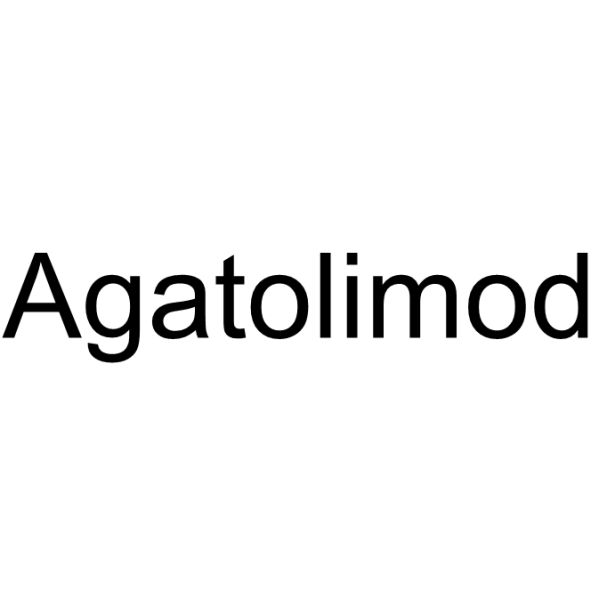
-
GC32057
AN-3485
AN-3485 is a benzoxaborole analog, Toll-Like Receptor(TLR) inhibitor with IC50 values ranging from 18 to 580 nM.
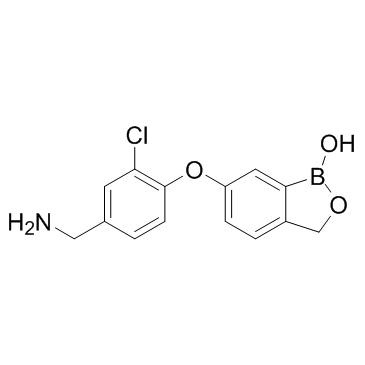
-
GC62334
AT791
AT791 is a potent and orally bioavailable TLR7 and TLR9 inhibitor.
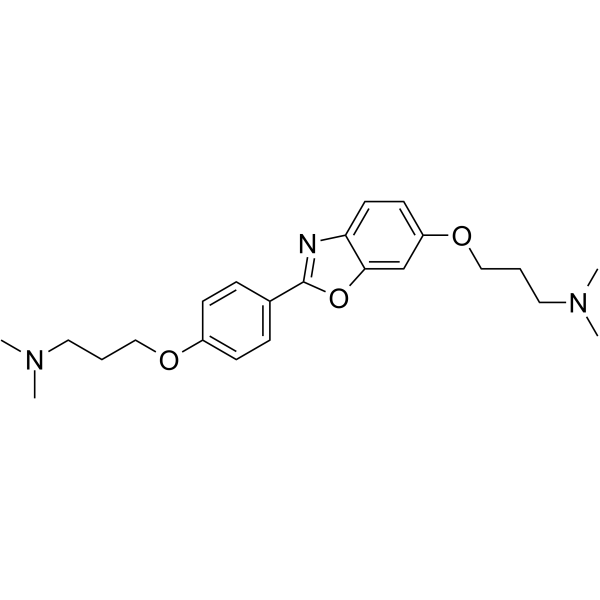
-
GN10627
Atractylenolide I
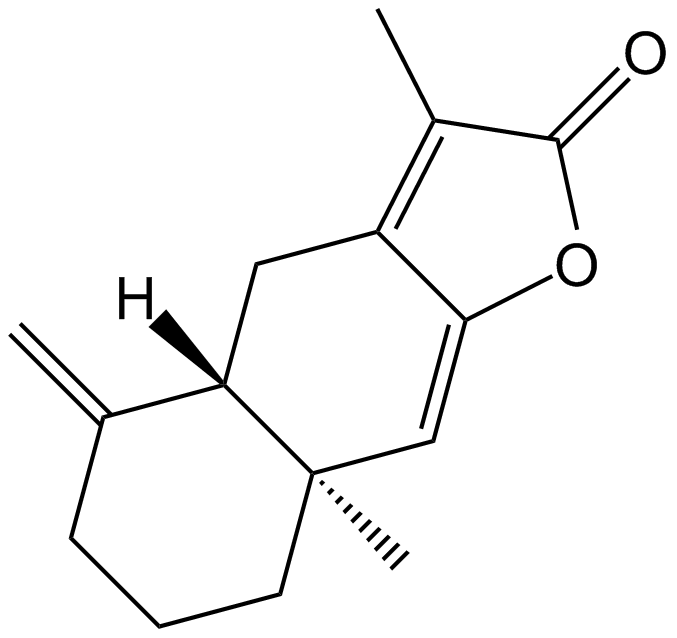
-
GC65283
AXC-715 trihydrochloride
AXC-715 (T785) trihydrochloride is a TLR7/TLR8 dual agonist, extracted from patent WO2020168017 A1.
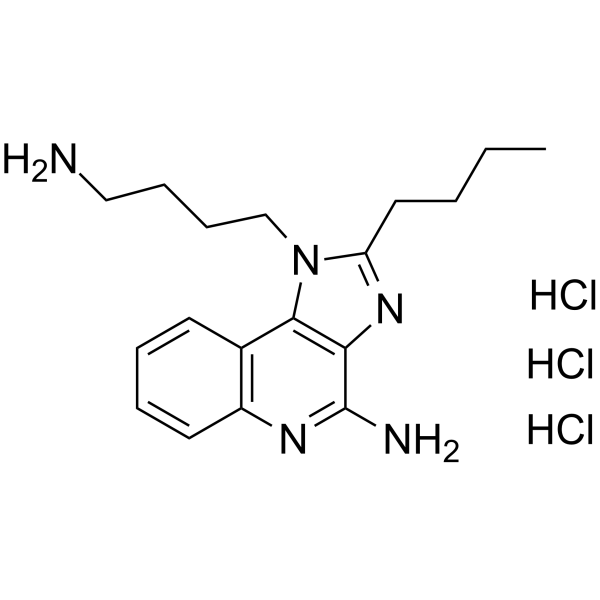
-
GC62488
AZD8848
AZD8848 is a selective toll-like receptor 7 (TLR7) antedrug agonist which is developed for the research of asthma and allergic rhinitis.
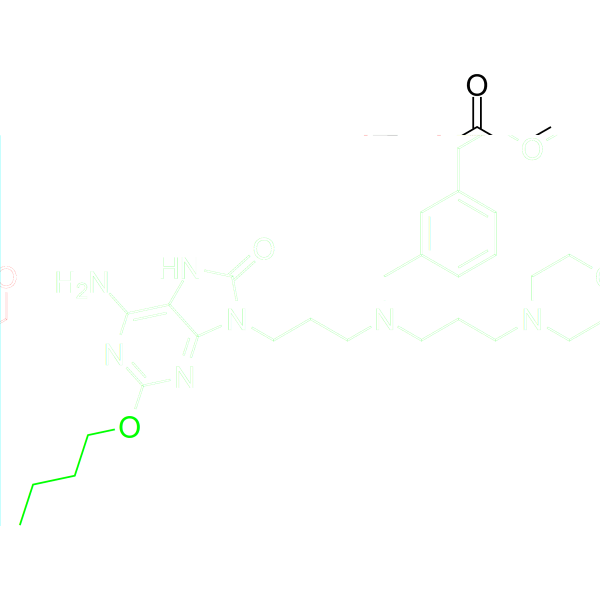
-
GC16345
Bropirimine
Bropirimine is a synthetic agonist for toll-like receptor 7 (TLR7). Bropirimine inhibits differentiation of osteoclast precursor cells into osteoclasts via TLR7-mediated production of IFN-β. Bropirimine is an orally active immunomodulator that has demonstrated anticancer activity in transitional cell carcinoma in situ (CIS) in both the bladder and upper urinary tract.
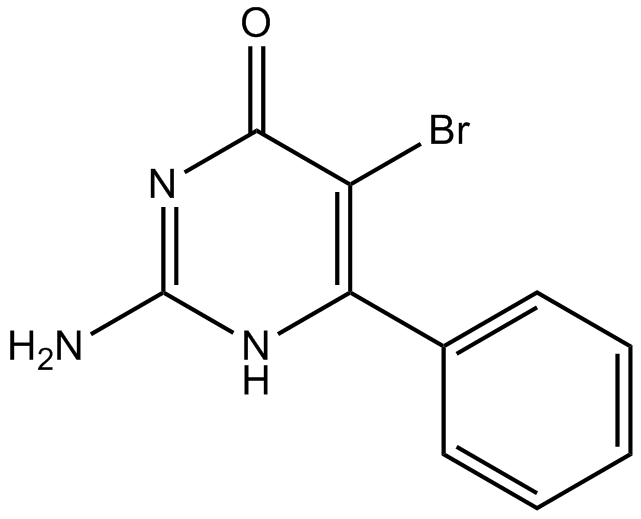
-
GC33820
C29
C29 is a Toll-like receptor 2 (TLR2) inhibitor.
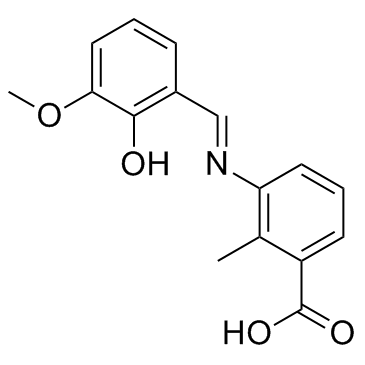
-
GC60694
Chitohexaose hexahydrochloride
Chitohexaose hexahydrochloride is a chitosan oligosaccharide with anti-inflammatory effect.
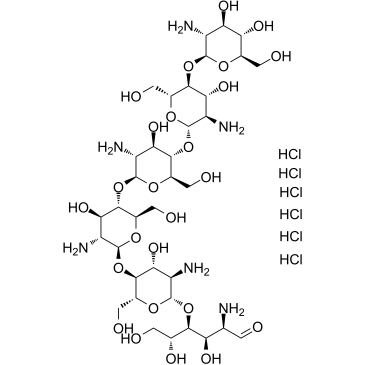
-
GC60700
Chloroquine D5
Chloroquine D5 is deuterium labeled Chloroquine.
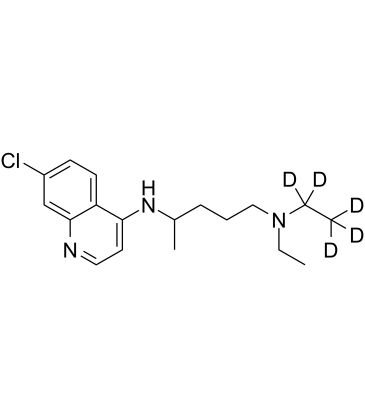
-
GC10295
Chloroquine diphosphate
Chloroquine diphosphate is an antimalarial and anti-inflammatory agent widely used to treat malaria and rheumatoid arthritis.
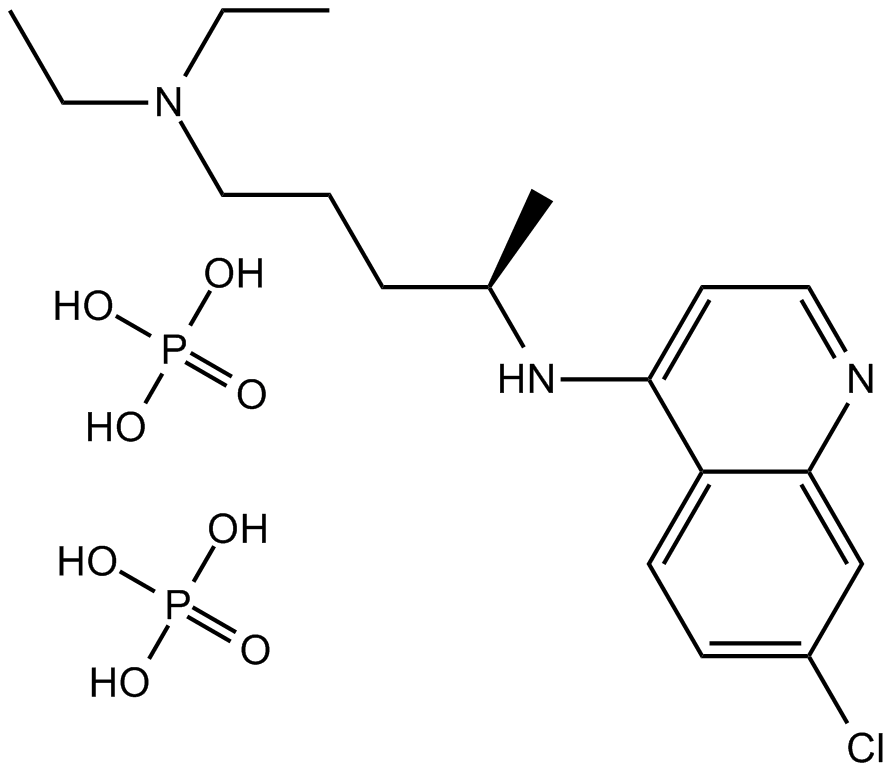
-
GC50356
CL 075
TLR8 agonist
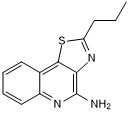
-
GC64526
CL097
CL097, a potent TLR7 and TLR8 agonist, induces pro-inflammatory cytokines in macrophages.
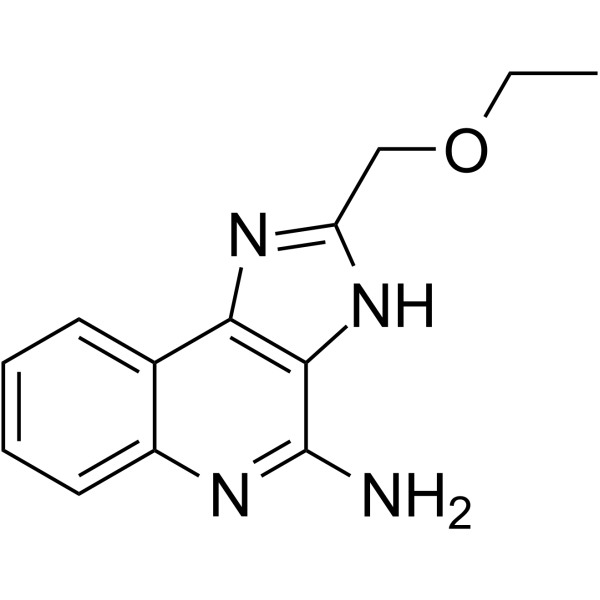
-
GC65124
CL097 hydrochloride
CL097, a potent TLR7 and TLR8 agonist, induces pro-inflammatory cytokines in macrophages.
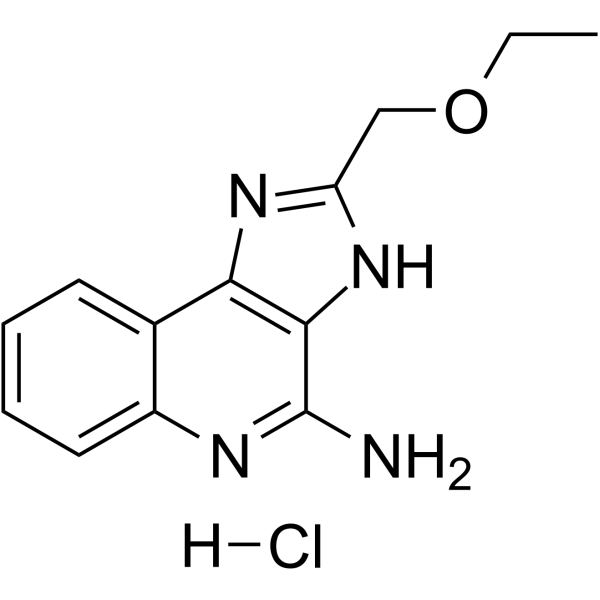
-
GC14254
CU CPT 22
toll-like receptor 1/2 (TLR1/2) inhibitor
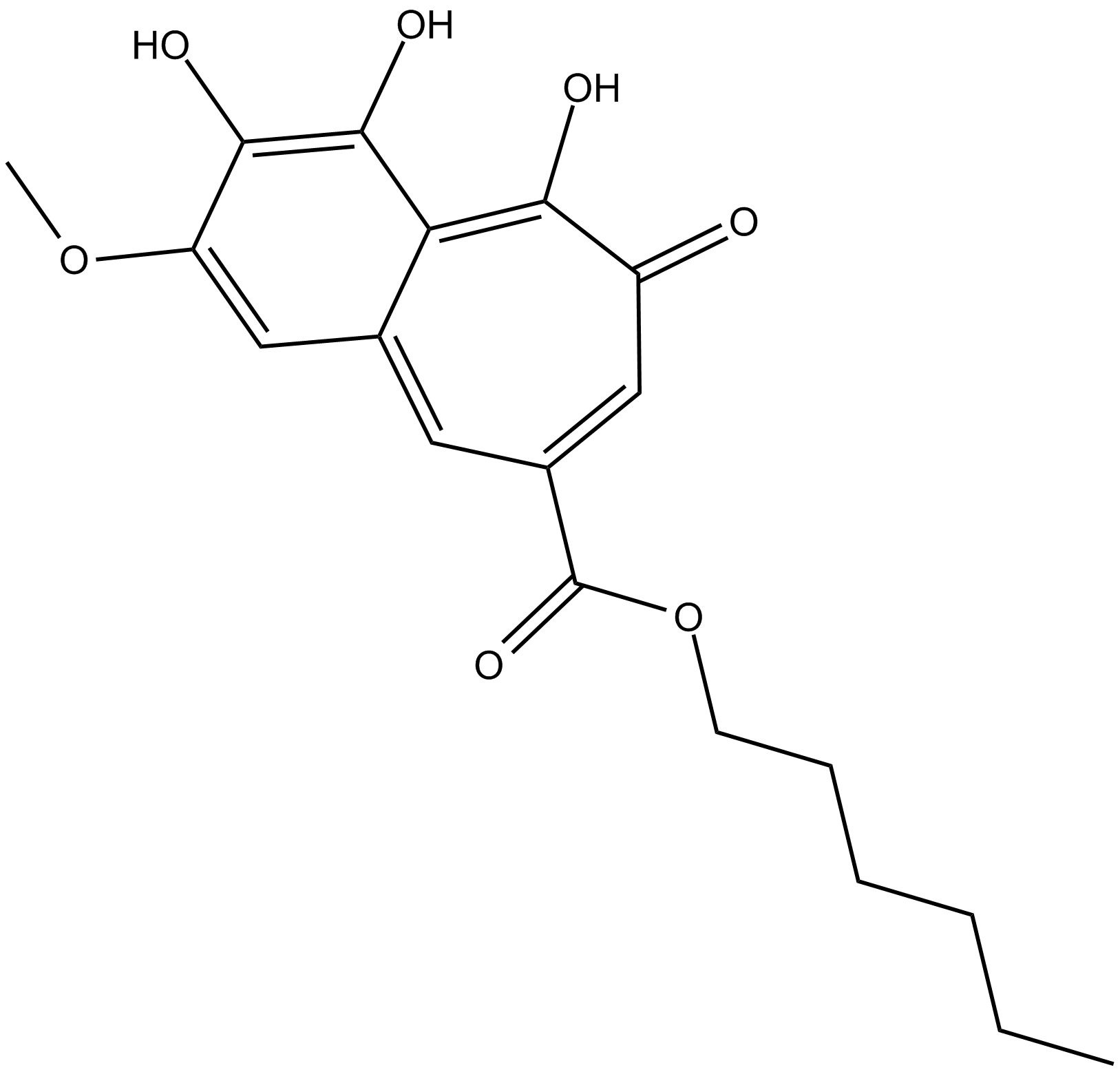
-
GC11461
CU CPT 4a
TLR3 inhibitor
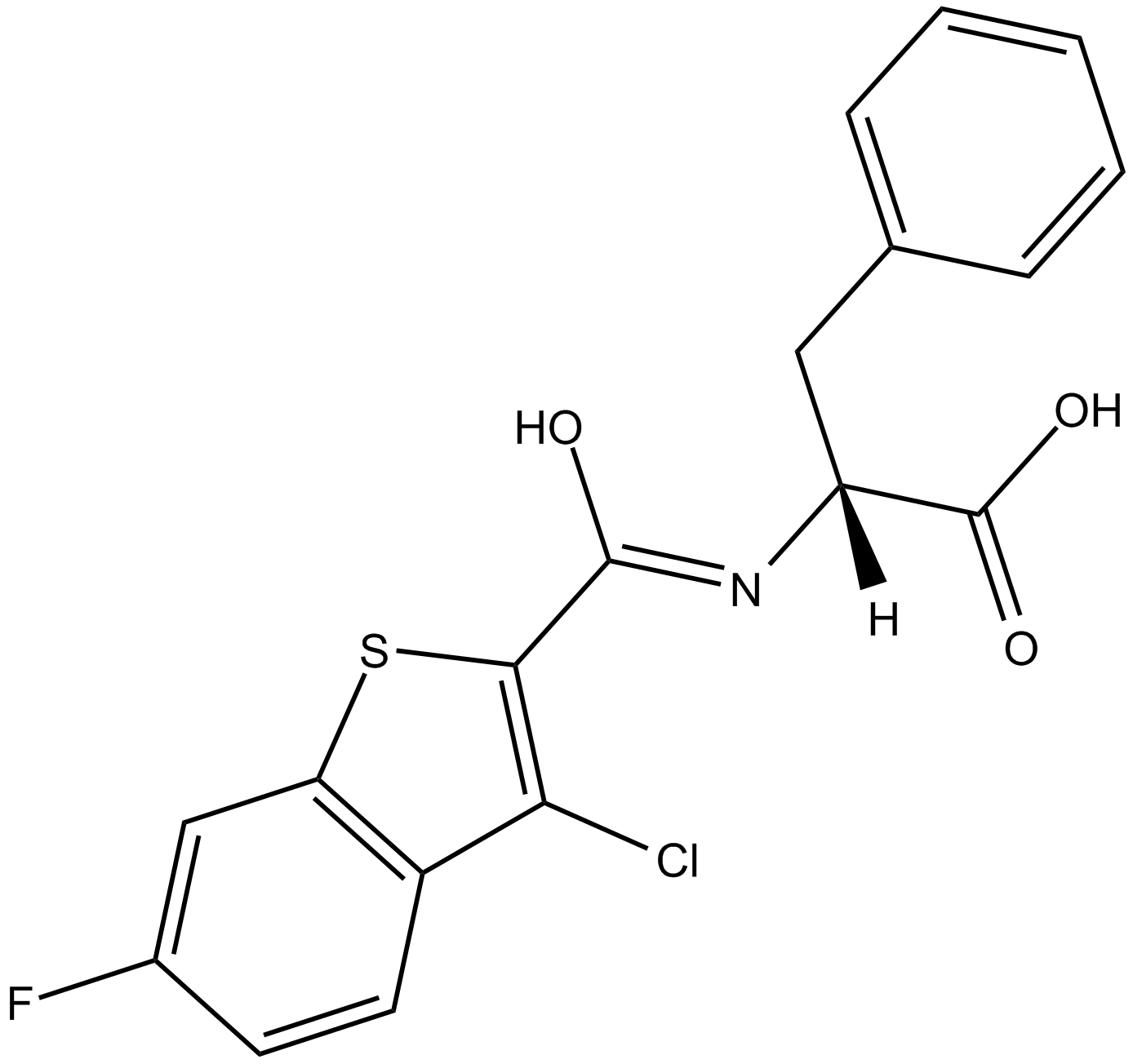
-
GC47127
CU-115
A TLR8 antagonist
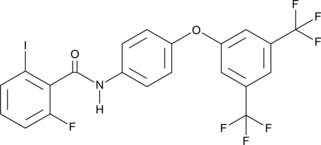
-
GC25314
CU-CPD107
CU-CPD107 is a selective, dual-activity small-molecule which demonstrated differential activity against the TLR8 agonists and ssRNA ligands.
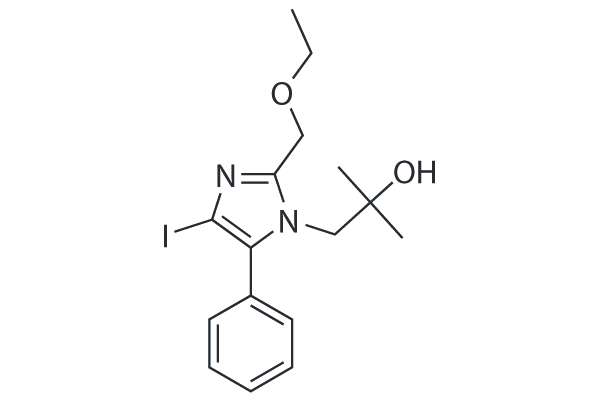
-
GC31745
CU-CPT-9a
A TLR8 antagonist
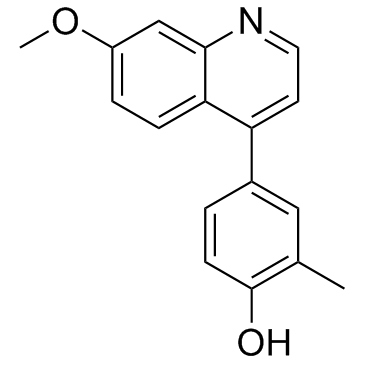
-
GC31729
CU-CPT-9b (TLR8-specific antagonist 1)
CU-CPT-9b (TLR8-specific antagonist 1) is a specific TLR8 antagonist, with an IC50 of 0.7 nM.
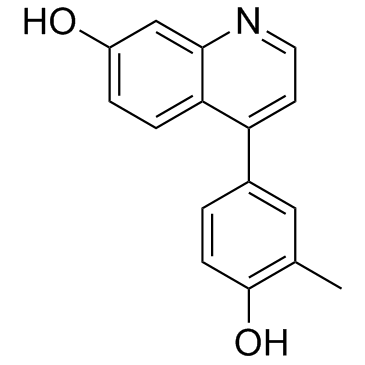
-
GC33834
CU-CPT17e
CU-CPT17e is a potent multi-Toll-like receptor (TLR) agonist that activates TLR3, TLR8, and TLR9.
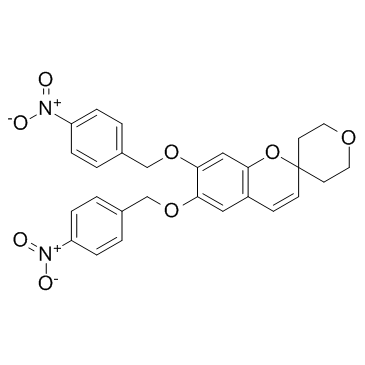
-
GC18306
CU-CPT8m
CU-CPT8m is an antagonist of toll-like receptor 8 (TLR8; Kd = 220 nM; IC50 = 67 nM in a reporter assay).
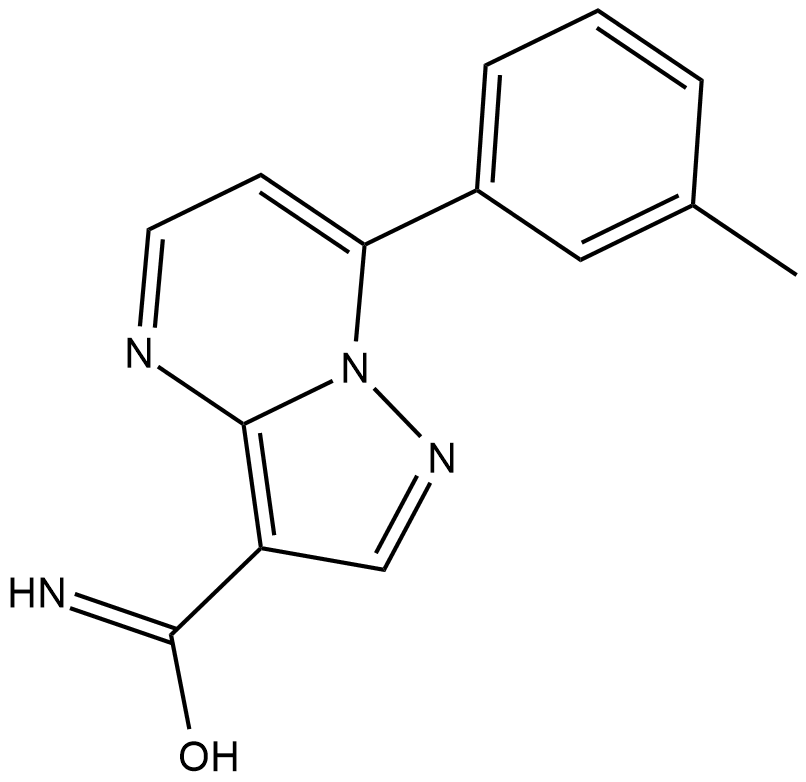
-
GC39285
CU-T12-9
An agonist of TLR1/2
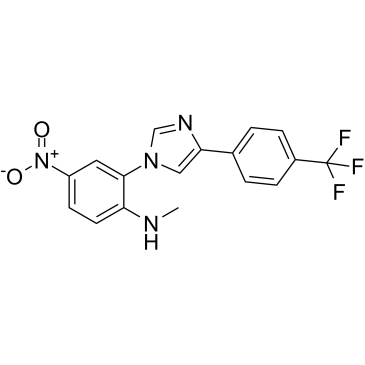
-
GC68432
DB-3-291
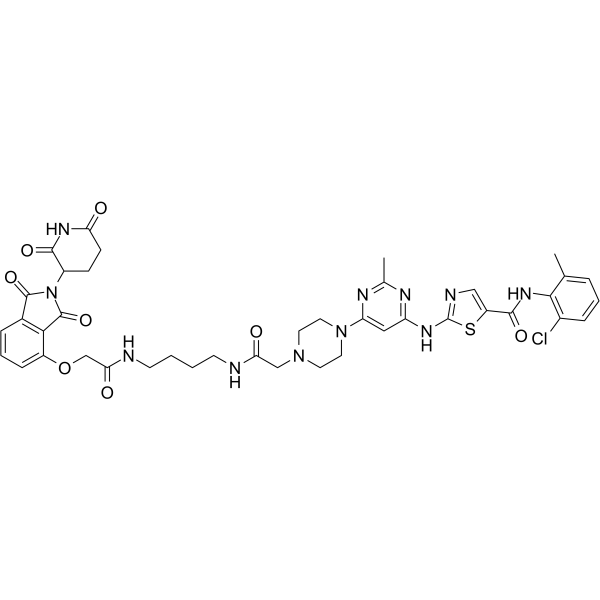
-
GC39372
Desethyl chloroquine diphosphate
Desethyl chloroquine diphosphate is a major desethyl metabolite of Chloroquine.
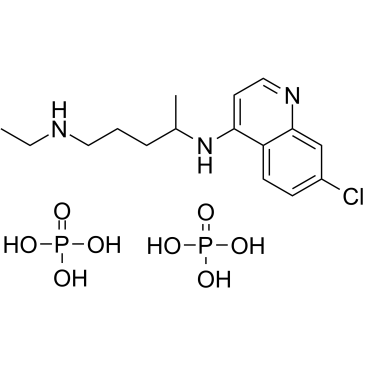
-
GC47194
Desethylchloroquine
An active metabolite of chloroquine
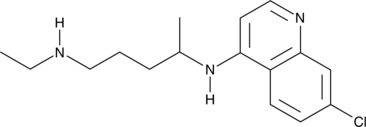
-
GC38907
DSR-6434
DSR-6434 is a potent and selective Toll-like receptor 7 (TLR7) agonist, with EC50s of 7.2 nM and 4.6 nM for human and mice TLR7, respectively. DSR-6434 has a strong antitumor effect.
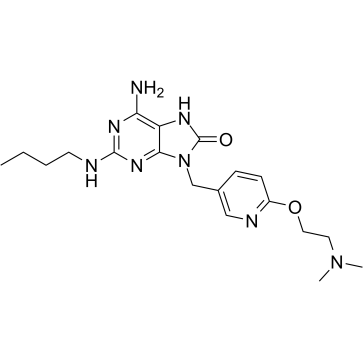
-
GC33900
E6446
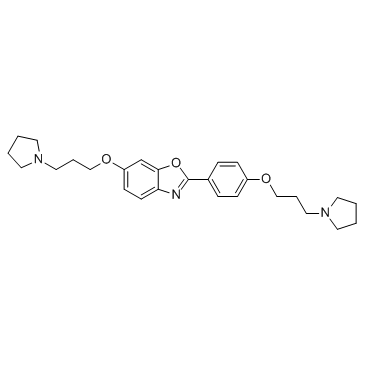
-
GC33828
E6446 dihydrochloride (E-6446 dihydrochloride)
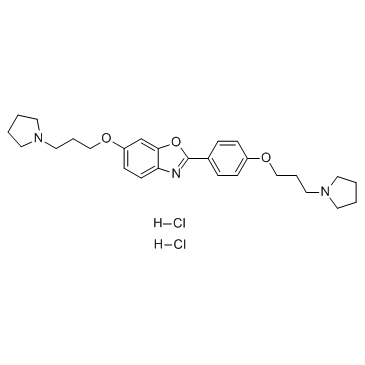
-
GC62489
Enpatoran
Enpatoran (M5049) is a potent, orally active and dual TLR7/8 inhibitor with IC50s of 11.1 nM and 24.1 nM in HEK293 cells, respectively.
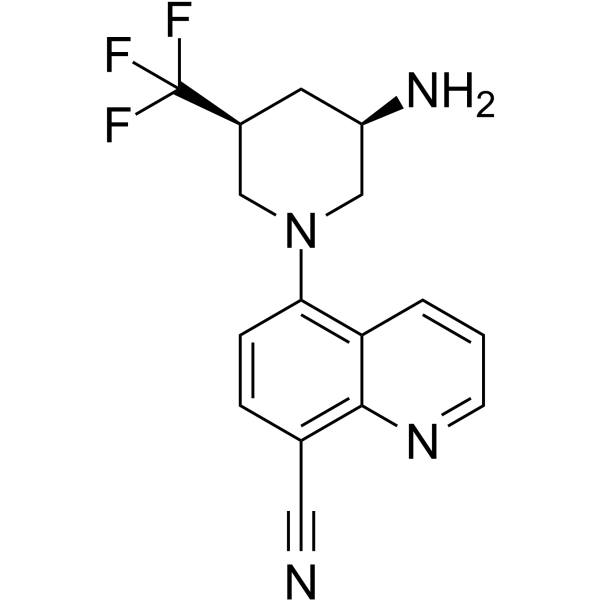
-
GC62471
Enpatoran hydrochloride
Enpatoran (M5049) hydrochloride is a potent, orally active and dual TLR7/8 inhibitor with IC50s of 11.1 nM and 24.1 nM in HEK293 cells, respectively.
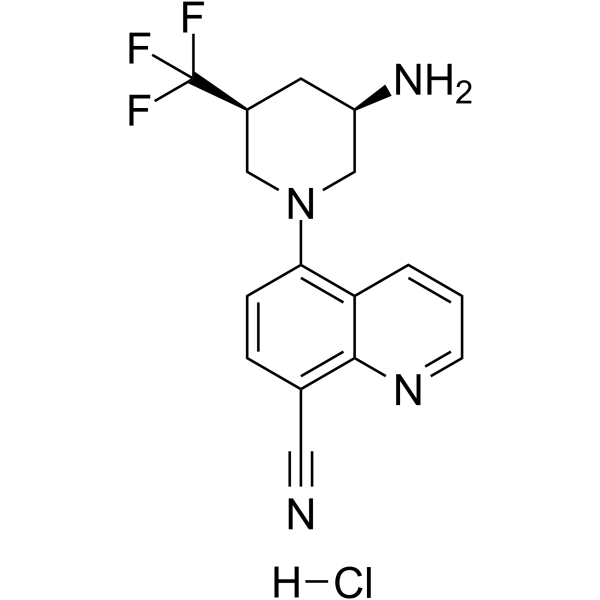
-
GC18761
FSL-1
FSL-1 is a synthetic lipopeptide agonist of toll-like receptor 2 (TLR2) and TLR6 heterodimers (TLR2/TLR6).
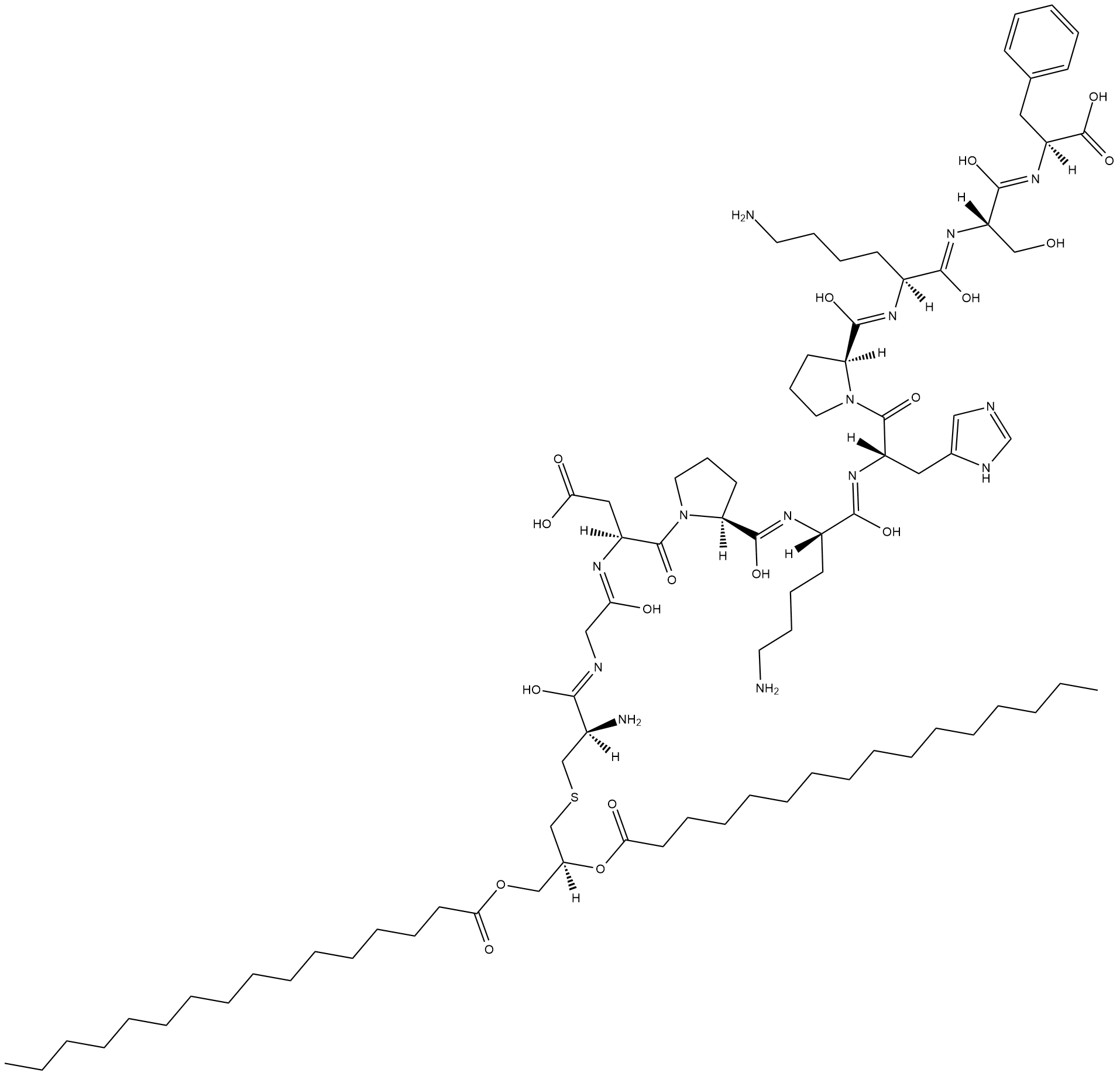
-
GC60860
FSL-1 TFA
FSL-1 TFA, a bacterial-derived toll-like receptor 2/6 (TLR2/6) agonist, enhances resistance to experimental HSV-2 infection.
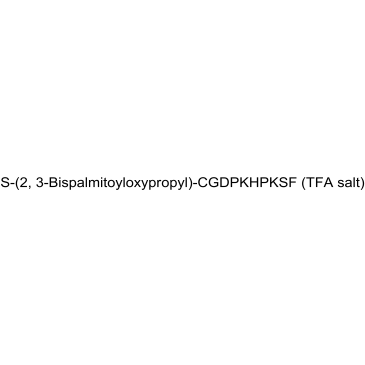
-
GC14864
Gardiquimod
agonist of human toll-like receptor 7 (TLR7)
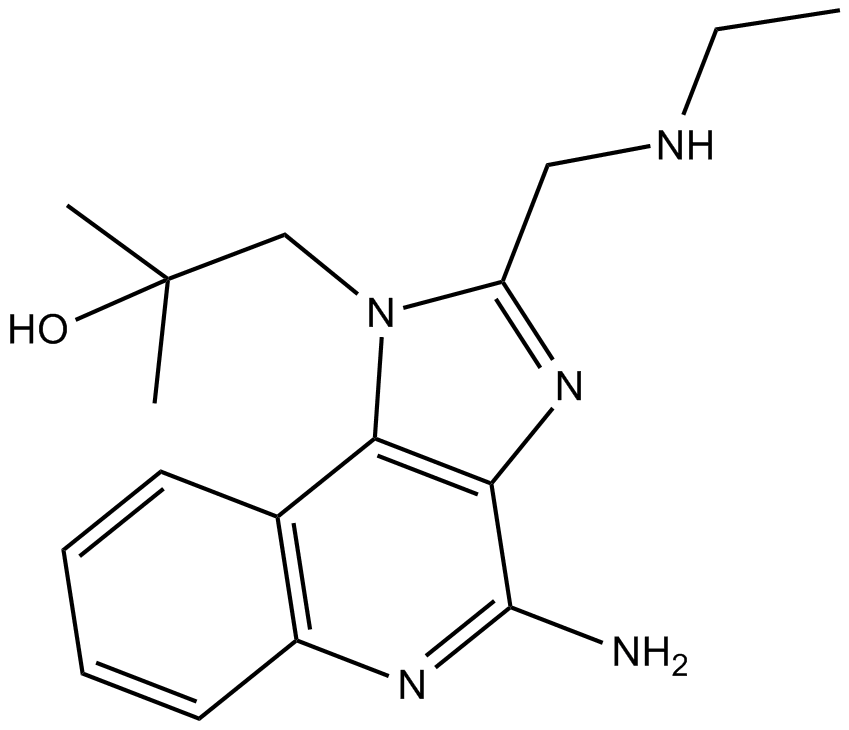
-
GC33910
Gardiquimod trifluoroacetate
Gardiquimod trifluoroacetate, an imidazoquinoline analog, is a TLR7/8 agonist.
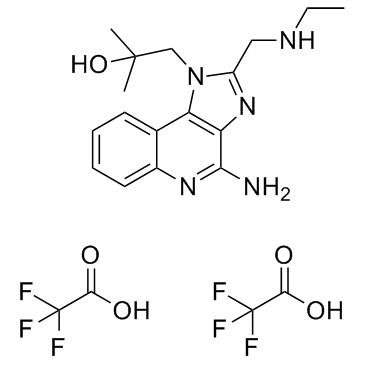
-
GC12555
GS-9620
A TLR7 agonist
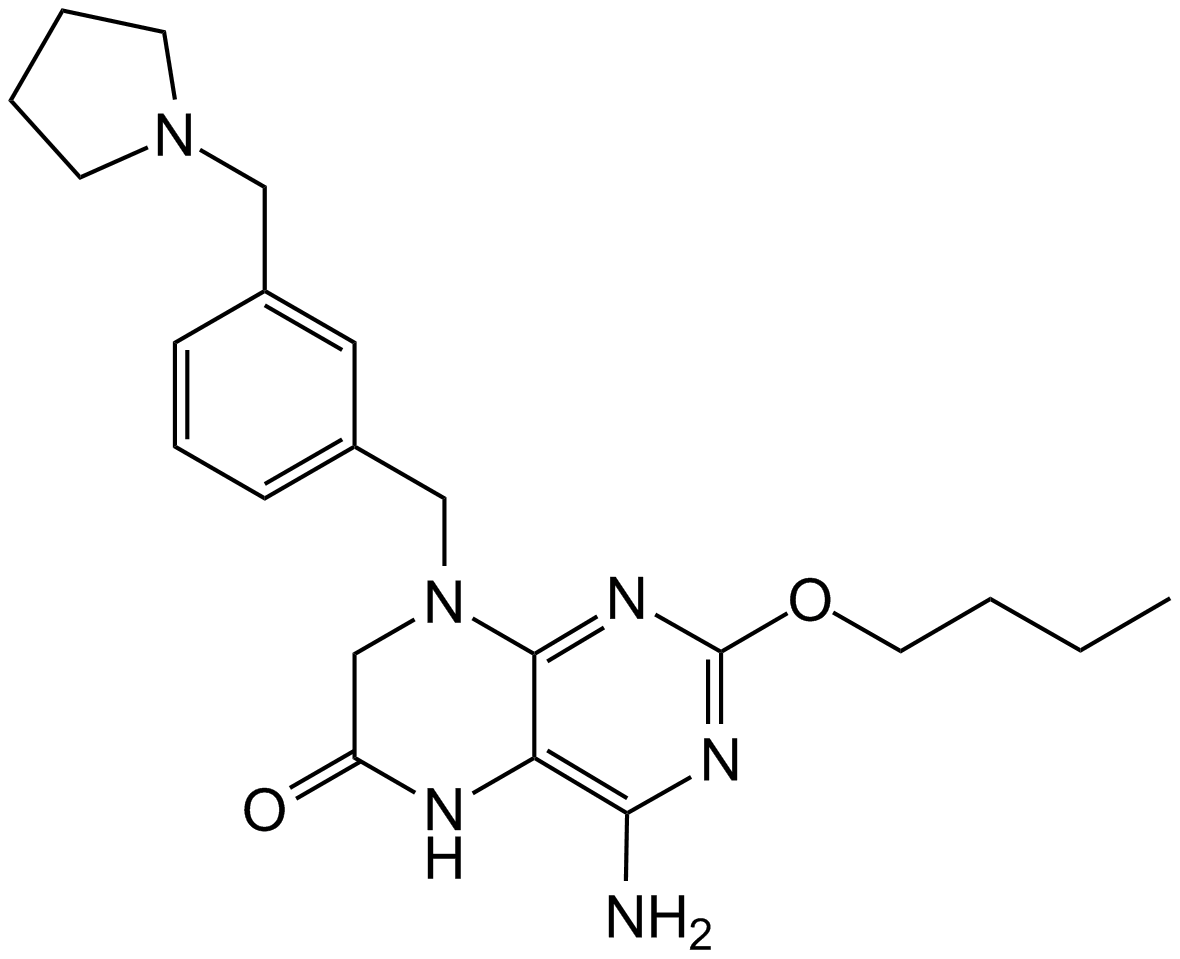
-
GC12544
Hydroxychloroquine Sulfate
Autophagy inhibitor
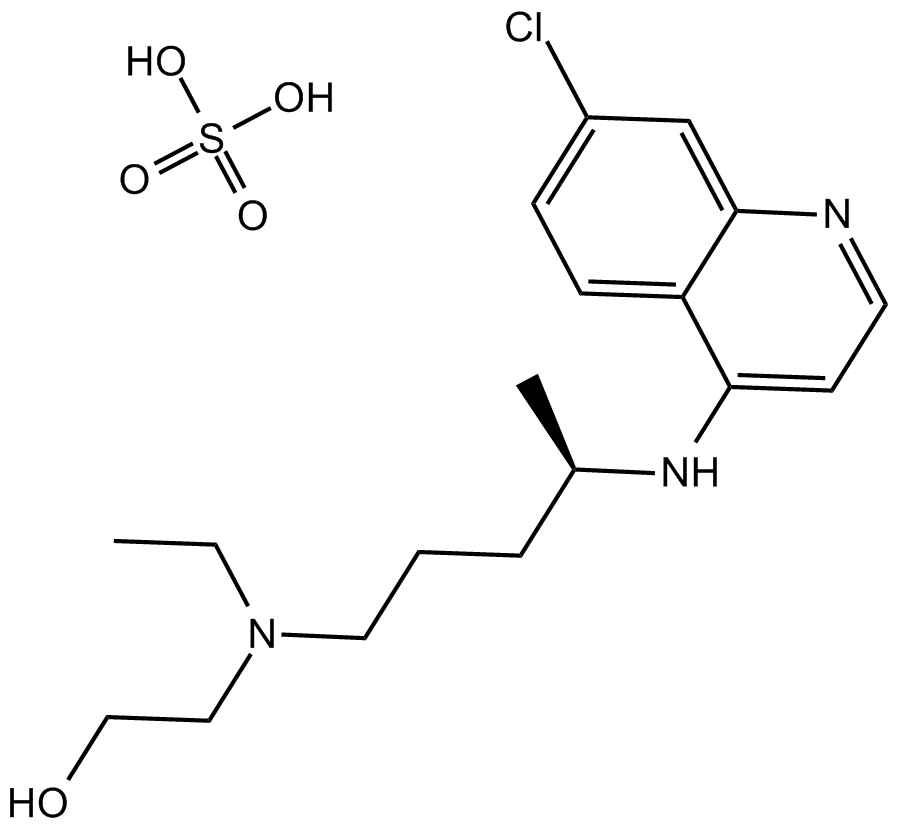
-
GC65365
IAXO-102
IAXO-102 is a TLR4 antagonist which negatively regulates TLR4 signalling.
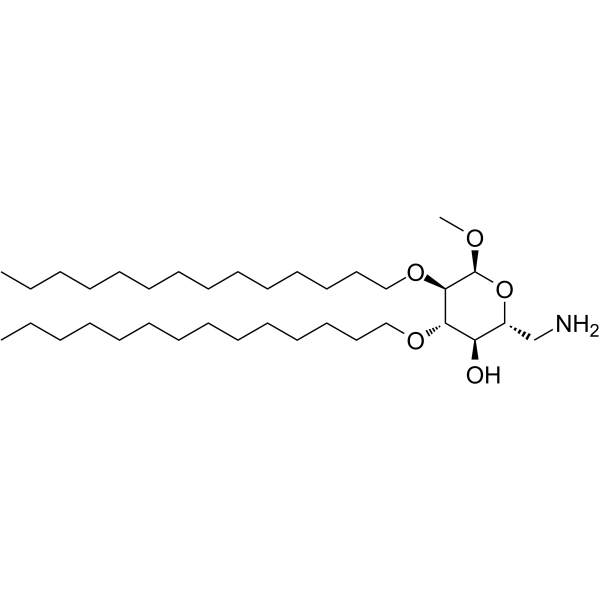
-
GC10712
Imiquimod hydrochloride
Toll-like receptor 7 agonist
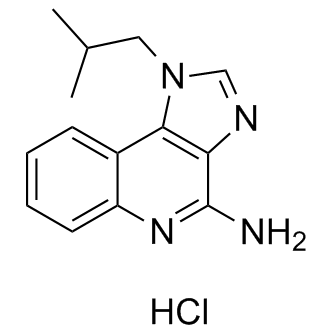
-
GC12645
Imiquimod maleate
Immune response modifier
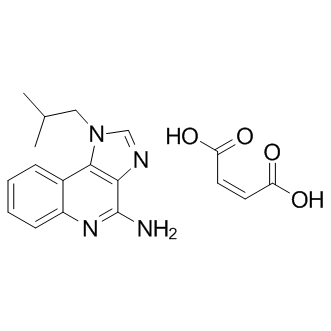
-
GC39134
Isofraxidin
Isofraxidin, a coumarin component from Acanthopanax senticosus, inhibits MMP-7 expression and cell invasion of human hepatoma cells.
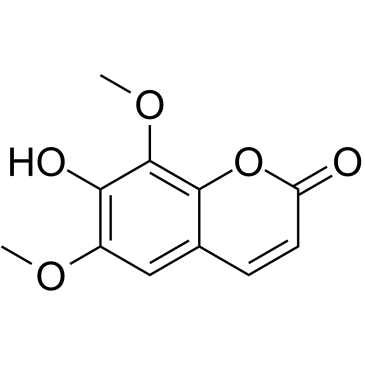
-
GC64417
L48H37
L48H37 is an analog of Curcumin with improved chemical stability.
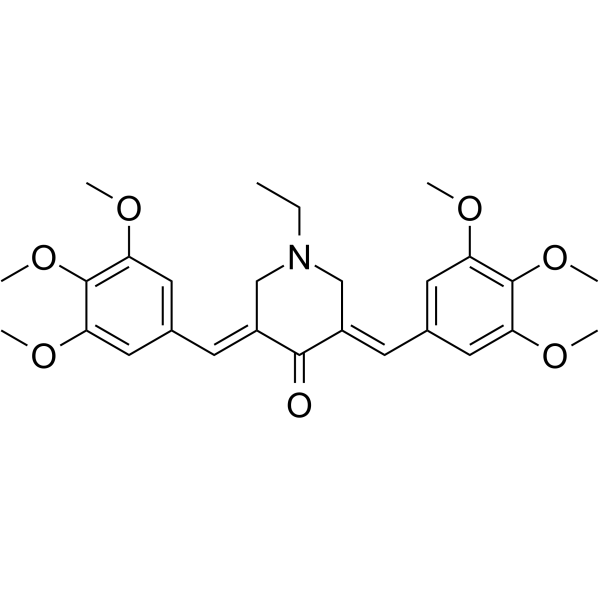
-
GC66478
LHC-165
LHC-165 is a TLR7 agonist. LHC-165 has potential to used in study of solid tumors.
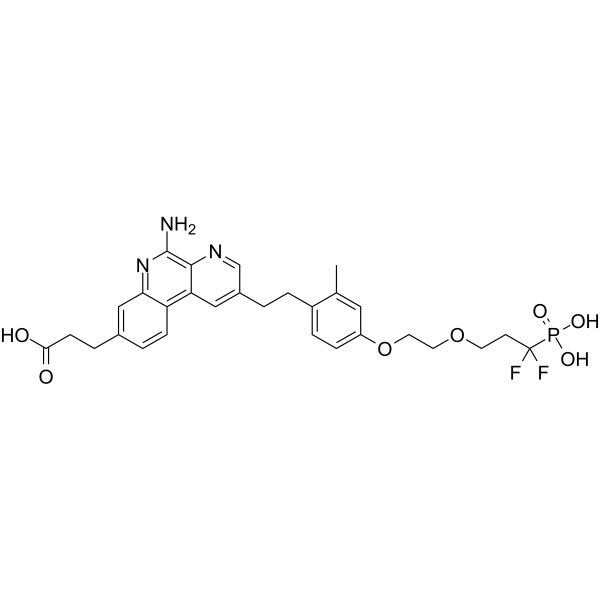
-
GC65924
Lipopolysaccharides
Lipopolysaccharides (LPS) is an endotoxin derived from the outer leaflet of the outer membrane of Gram-negative bacteria. Lipopolysaccharides consists of an antigen O-specific chain, a core oligosaccharide and lipid A. Lipopolysaccharides is a pathogenic associated molecular pattern (PAMP) that activates the immune system. Lipopolysaccharides activates TLR-4 on immune cells. This product is derived from Escherichia coli O55:B5.
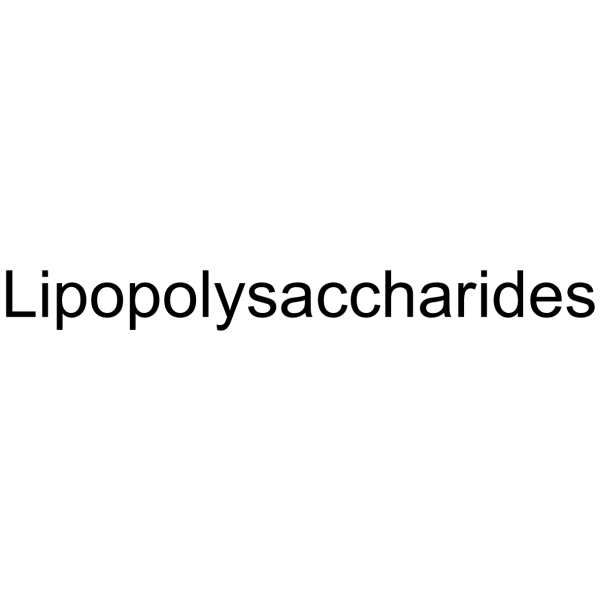
-
GC50241
M62812
TLR-4 inhibitor
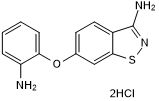
-
GC31776
MD2-IN-1
MD2-IN-1 is an inhibitor of Myeloid differentiation protein 2 (MD2) with a KD of 189 ?μM for the recombinant human MD2 (rhMD2).
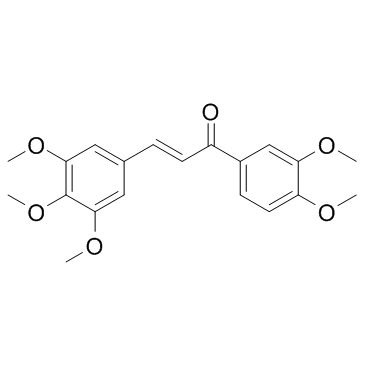
-
GC36578
MD2-TLR4-IN-1
MD2-TLR4-IN-1 (compound 22m) is an inhibitor of myeloid differentiation protein 2/toll-like receptor 4 (MD2-TLR4) complex, inhibiting lipopolysaccharides (LPS)-induced expression of tumor necrosis factor alpha (TNF-α) and interleukin-6 (IL-6) in macrophages with IC50 values of 0.89 μM and 0.53 μM, respectively.
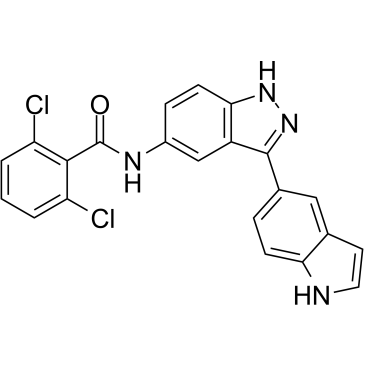
-
GC64953
MMG-11
MMG-11 is a potent and selective human TLR2 antagonist with low cytotoxicity.
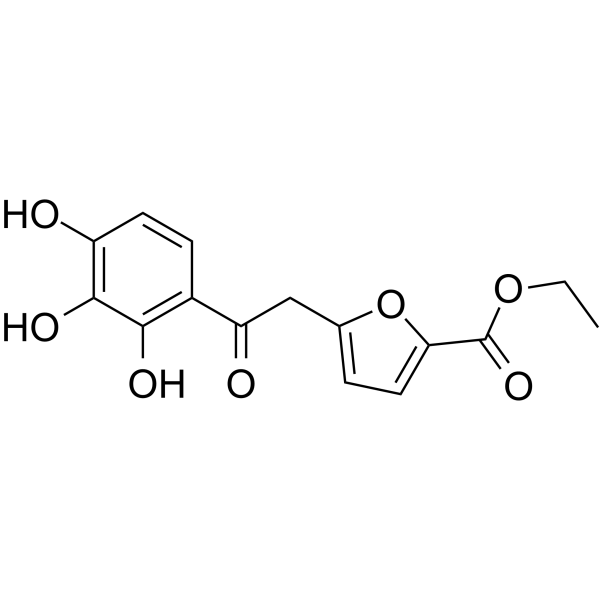
-
GC11168
Motolimod (VTX-2337)
Motolimod (VTX-2337) (VTX-2337;VTX-378) is a selective Toll-like receptor 8 (TLR8) agonist, with an EC50 of approximately 100 nM.
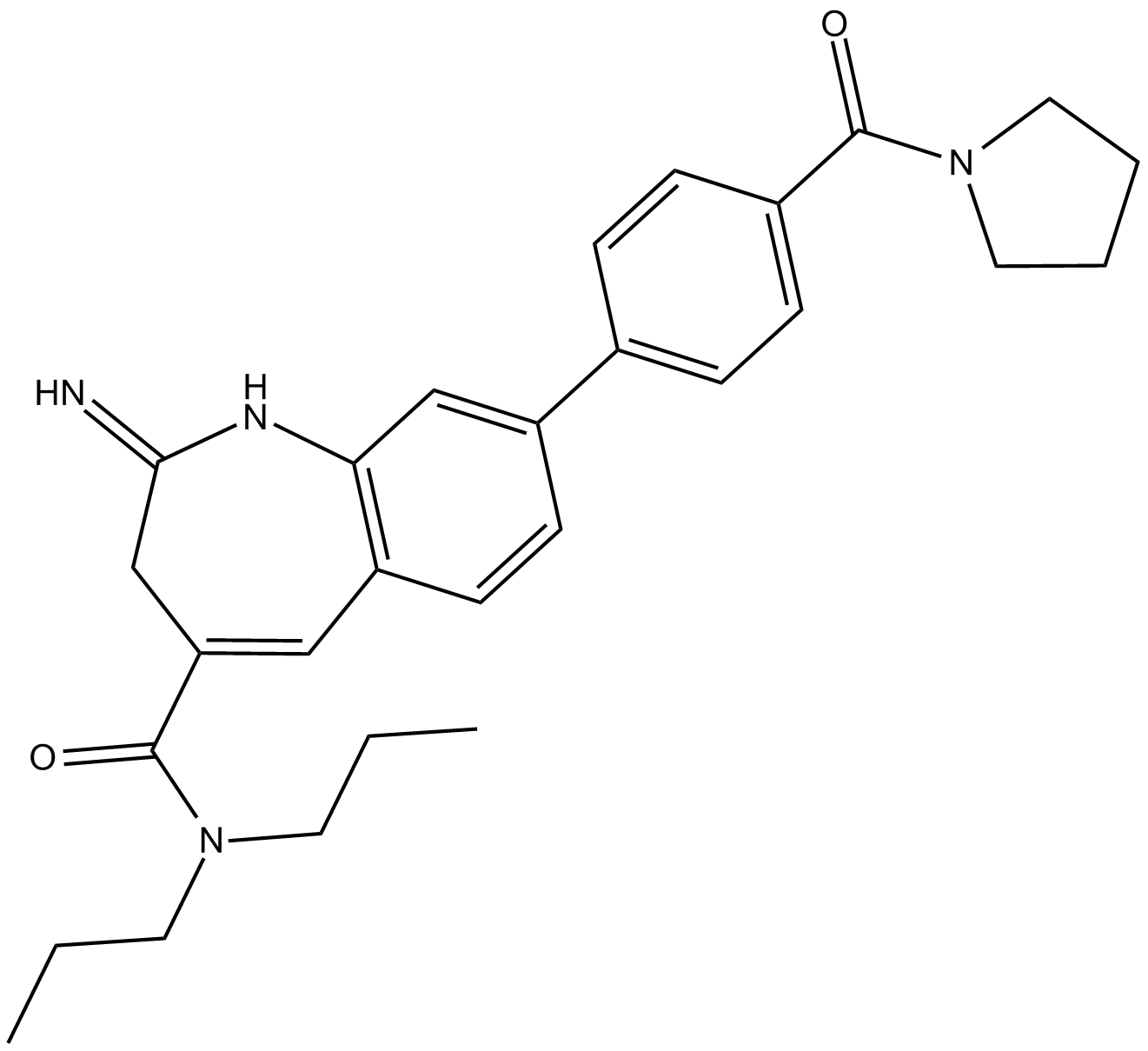
-
GC33405
Neoseptin 3
Neoseptin 3 is a Toll-like receptor 4/myeloid differentiation factor 2 (mTLR4/MD-2) agonist with an EC50 of 18.5 μM.
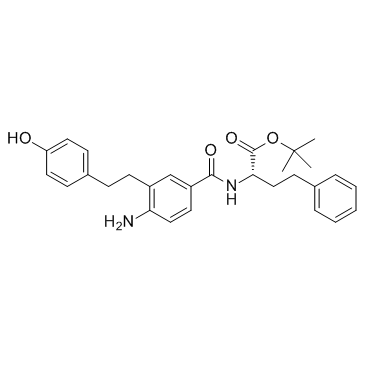
-
GC66393
ODN 1018
ODN 1018 (1018 ISS), an oligodeoxynucleotide, is a TLR-9 agonist. ODN 1018 is also a synthetic immunostimulatory sequence that can be used as vaccine adjuvant. Sequence: 5′-TGACTGTGAACGTTCGAGATGA-3′.
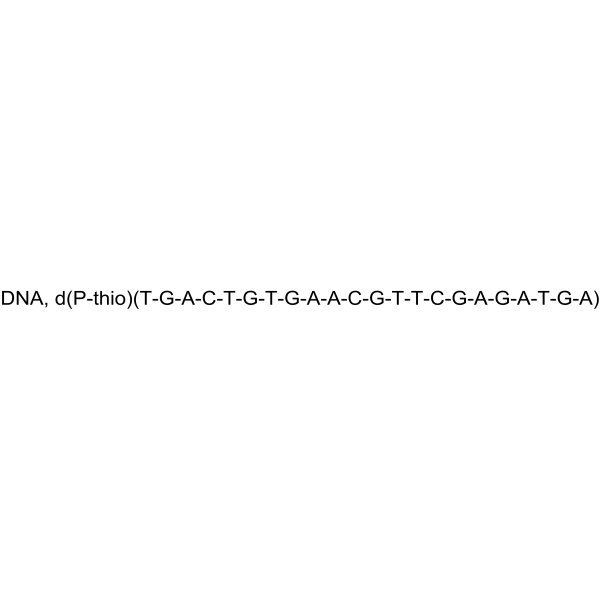
-
GC68294
ODN 1668
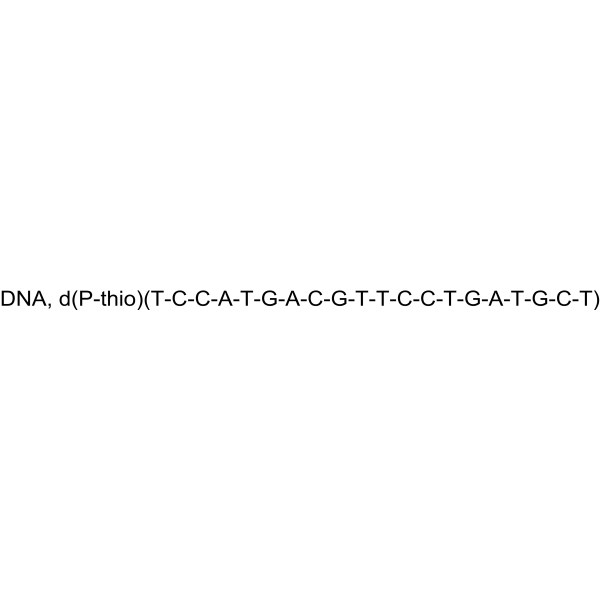
-
GC65448
ODN 1826
ODN 1826, a class B CpG ODN (oligodeoxynucleotide), is a TLR9 agonist.
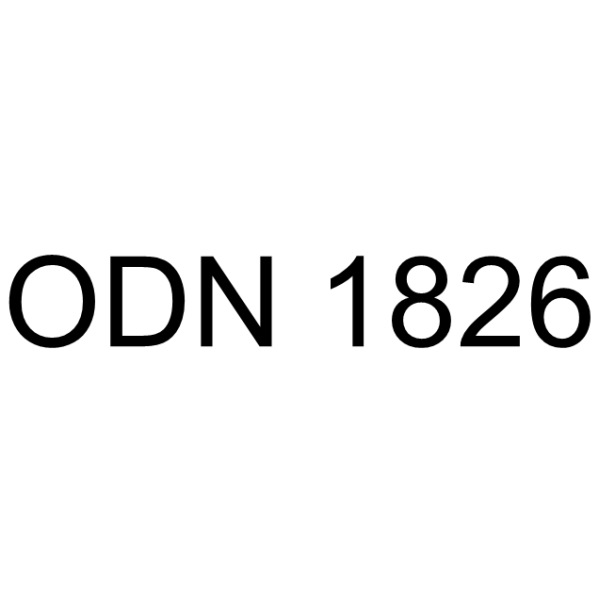
-
GC66341
ODN 2088
ODN 2088 is a potent TLR3, TLR7 and TLR9 inhibitor. ODN 2088 shows no cytotoxic. ODN 2088 inhibits the release of IFN-α and IL-6.
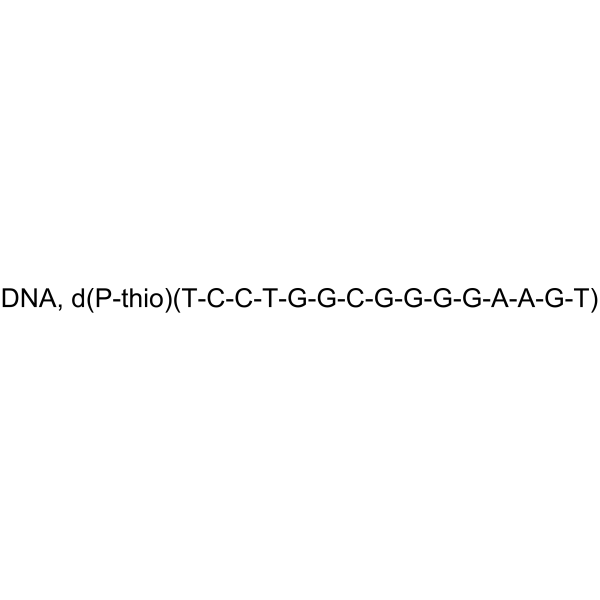
-
GC66339
ODN 2216
ODN 2216 is a TLR9 (toll-like receptor 9) ligand or agonist. ODN 2216 induces high amounts of IFN-α and IFN-β. ODN 2216 induces IFN-α by pDC (plasmacytoid DC) and IL-12 (p40) production by DC (dendritic cells). ODN 2216 stimulates IFN-γ production in peripheral blood mononuclear cells (PBMC), which is indirect and mediated by IFN-α/β. ODN 2216 can activate NK cells and promote IFN-γ production of TCR-triggered CD4+ T cells.
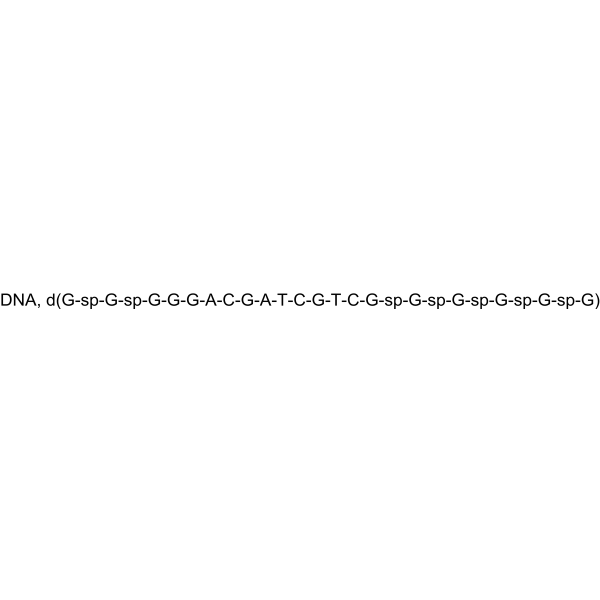
-
GC68292
ODN 2395
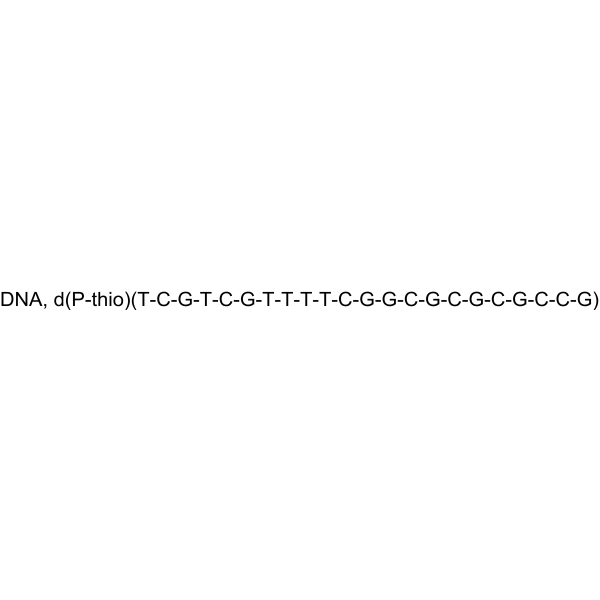
-
GC36794
Okanin
Okanin, effective constituent of the flower tea Coreopsis tinctoria, attenuates LPS-induced microglial activation through inhibition of the TLR4/NF-κB signaling pathways.
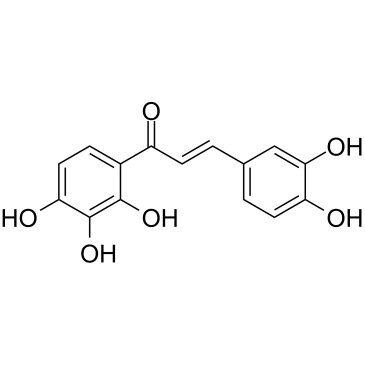
-
GC10058
Pam2CSK4
toll-like receptor 2/6 (TLR2/6) agonist
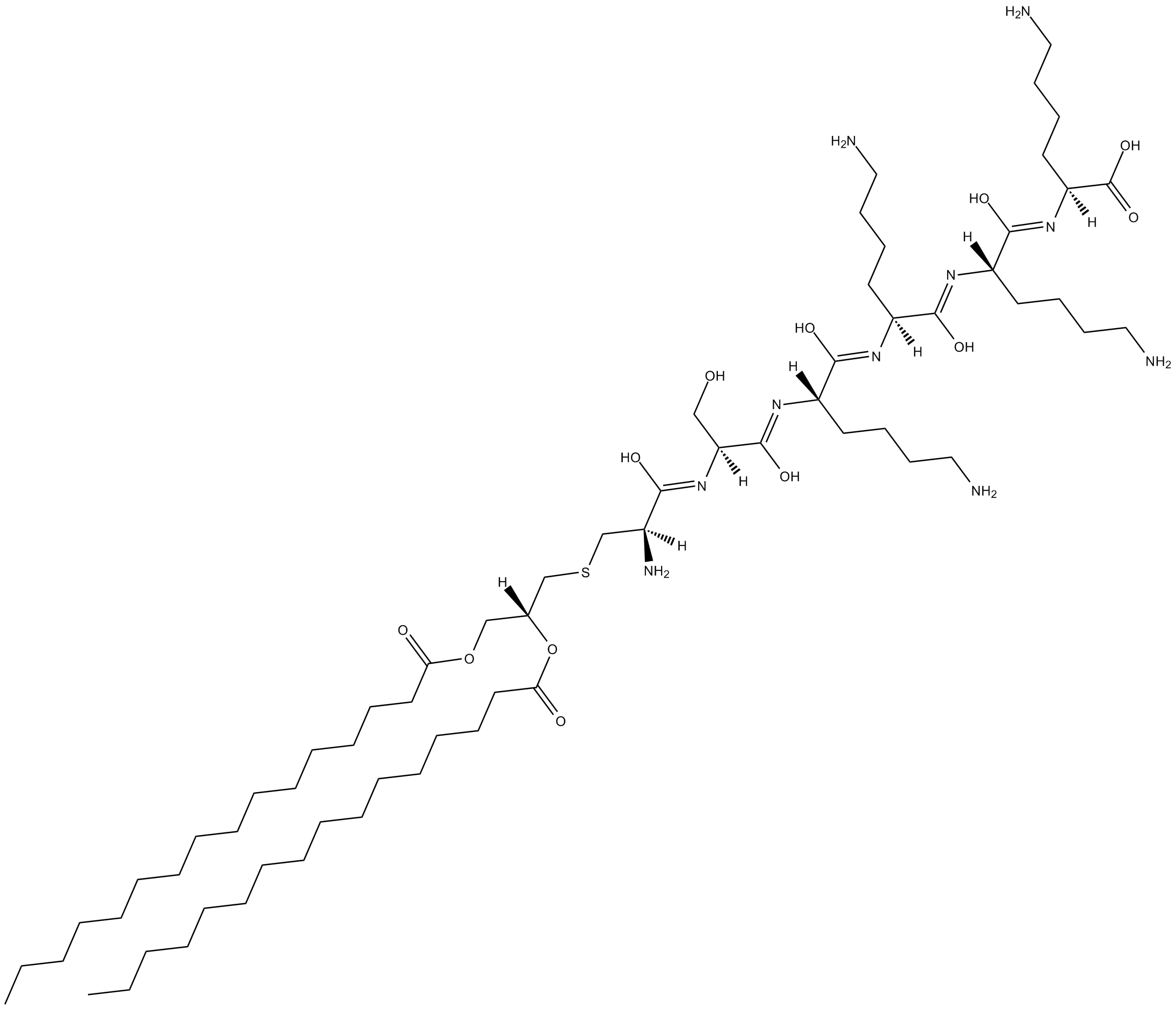
-
GC13200
Pam2CSK4 Biotin
biotinylated Pam2CSK4, a toll-like receptor 2/6 agonist
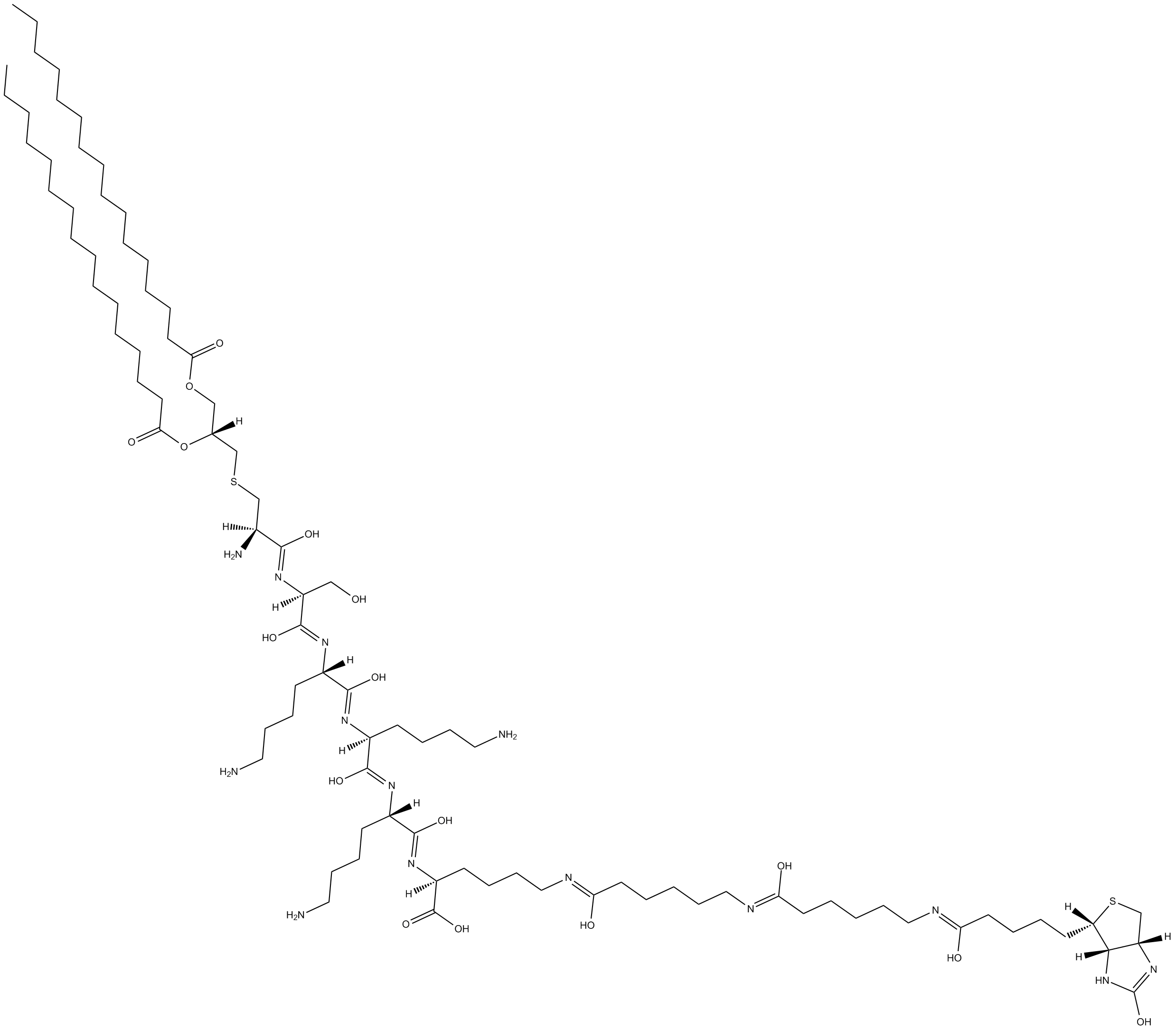
-
GC10273
Pam3CSK4
Pam3CSK4 (Pam3CysSerLys4) is a synthetic triacylated lipopeptide (LP) and a TLR2/TLR1 ligand?agonist with an EC50 of 0.47 ng/mL.
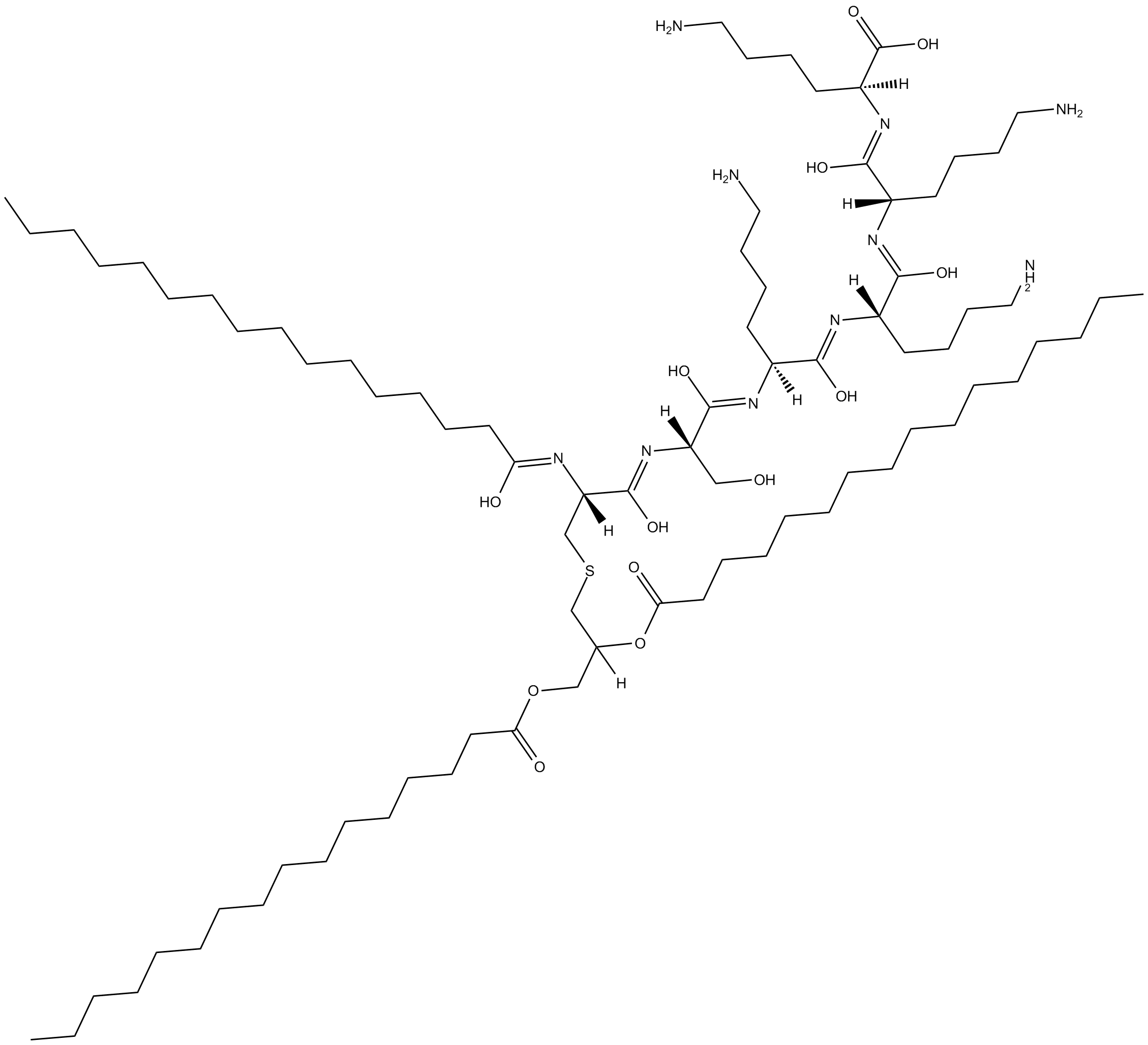
-
GC16445
Pam3CSK4 Biotin
biotinylated Pam3CSK4, a toll-like receptor 1/2 agonist
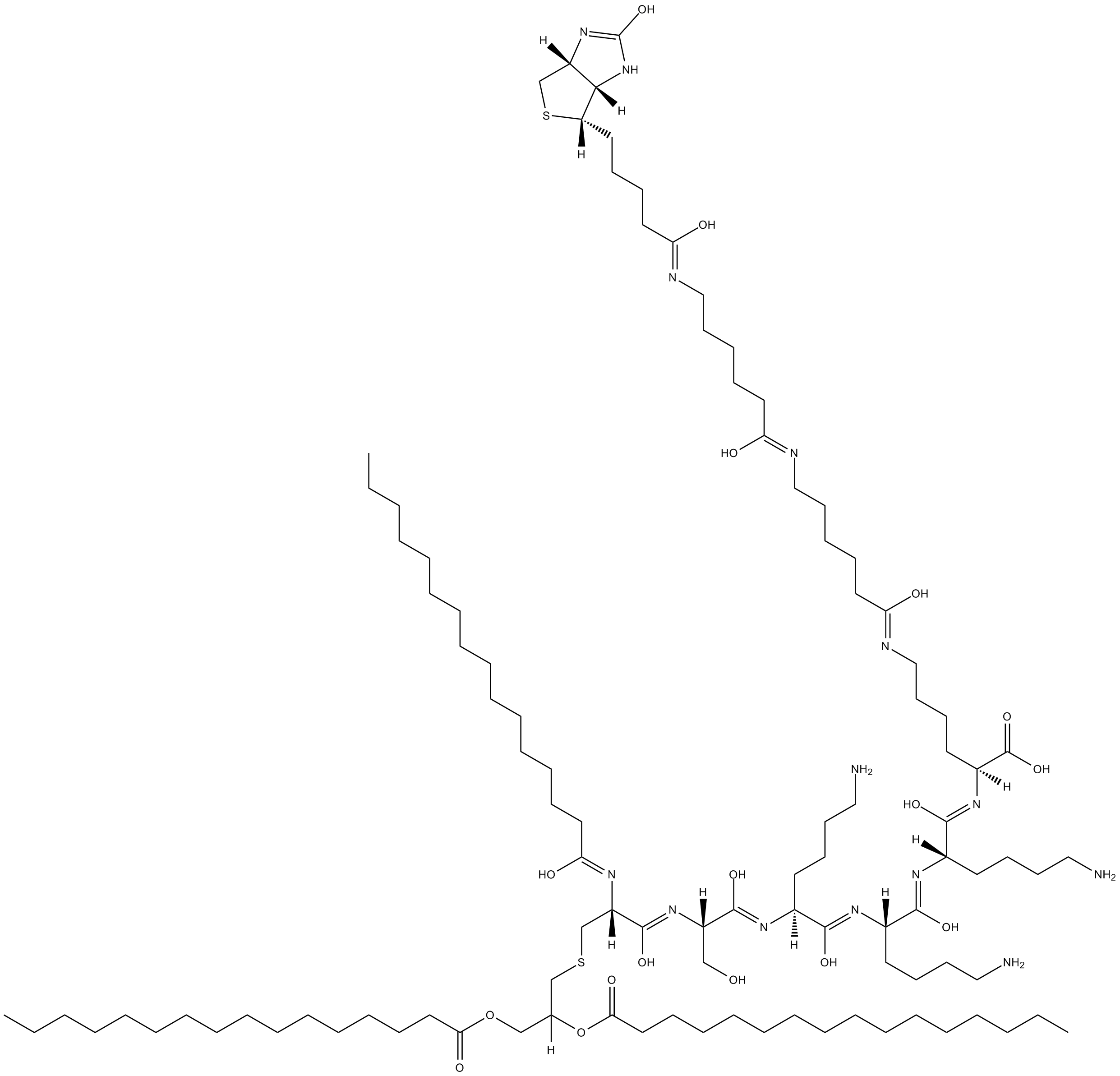
-
GC64486
Pepinh-TRIF TFA
Pepinh-TRIF (TFA) is a 30 aa peptide that blocks TIR-domain-containing adapter-inducing interferon-β (TRIF) signaling by interfering with TLR-TRIF interaction.
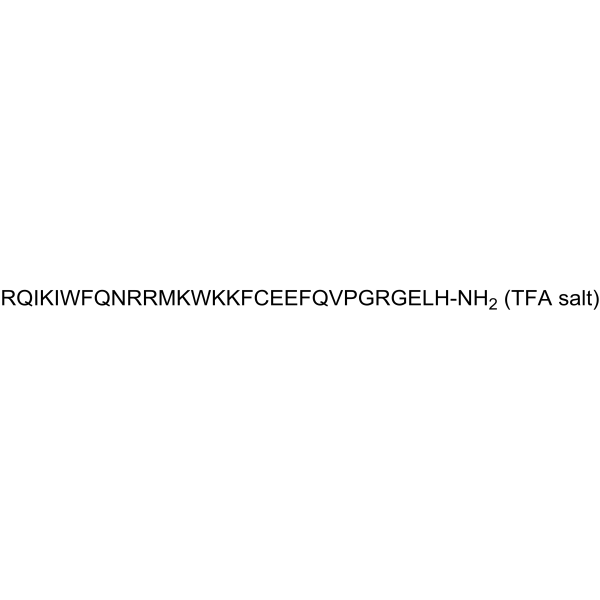
-
GC31792
PF-4878691 (3M-852A)
PF-4878691 (3M-852A) (3M-852A) is a potent, orally active, and selective Toll-like receptor 7 (TLR7) agonist modelled to dissociate its antiviral and inflammatory activities.
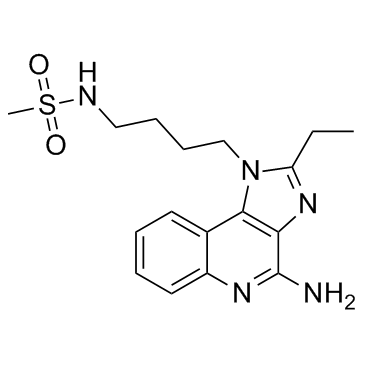
-
GC14710
Poly(I:C)
Poly (I:C), a synthetic double-stranded RNA (dsRNA) analog, is an immunostimulant that acts as the most potent interferon (IFN) inducer.
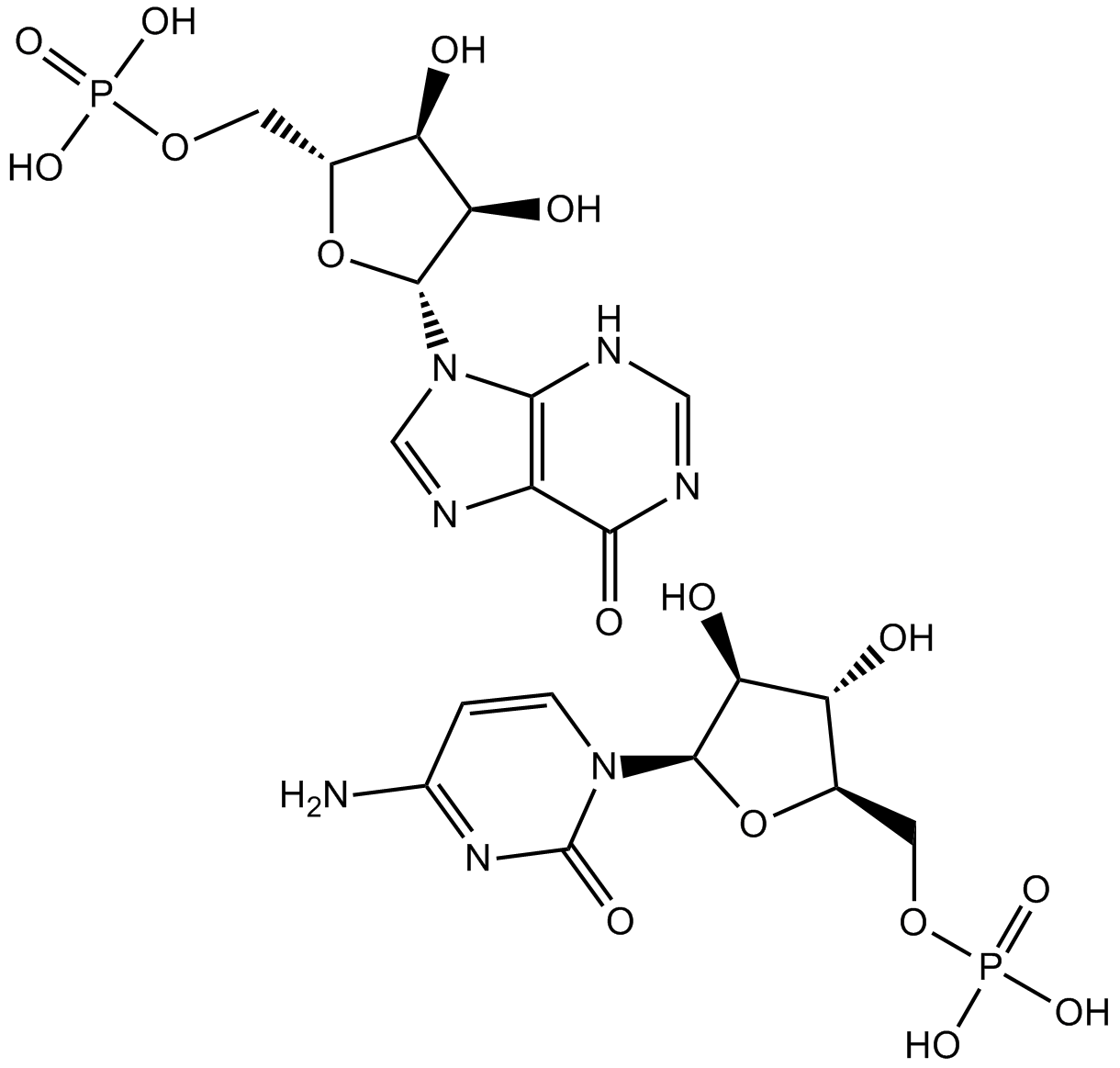
-
GN10312
Polygalasaponin F
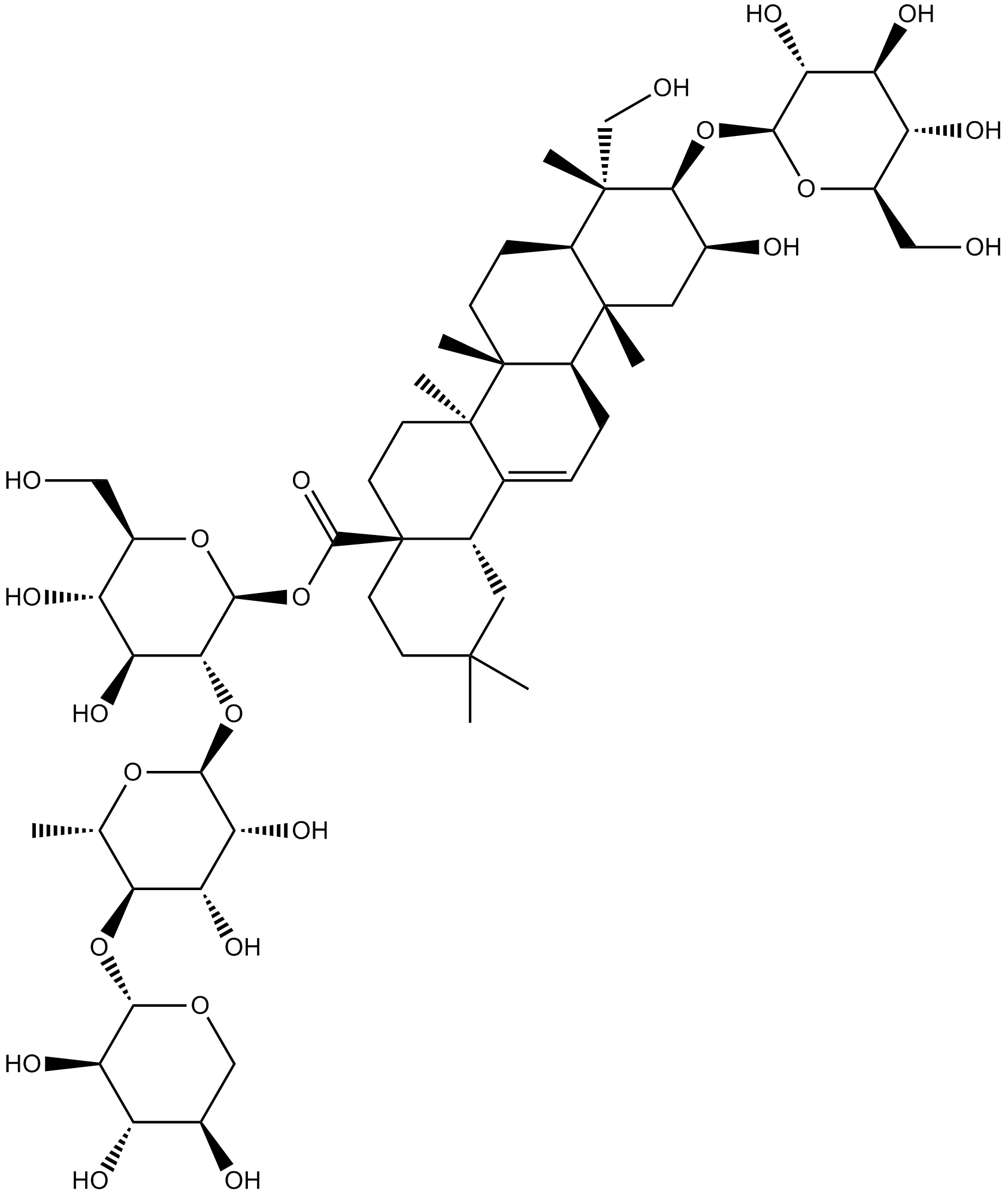
-
GC13800
Polyinosinic-polycytidylic Acid (potassium salt)
synthetic dsRNA that activates TLR3 and retinoic acid inducible gene 1 (RIG-1)-like receptors
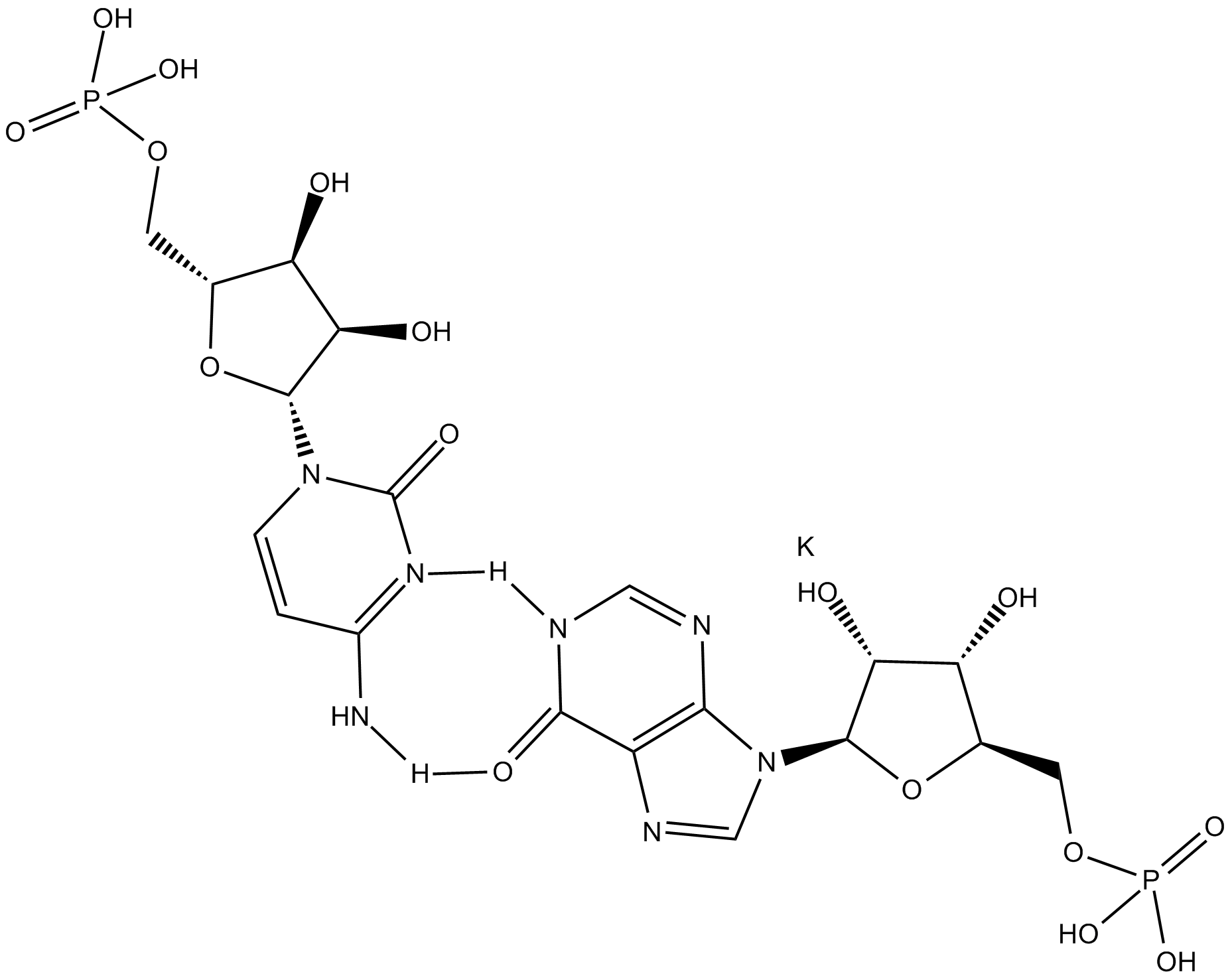
-
GC60297
Polyinosinic-polycytidylic acid sodium
Polyinosinic-polycytidylic acid sodium(Poly I:C) is a synthetic dsRNA that can imitate a viral infection and elicit host immune responses by triggering specific pattern-recognition receptors (PRRs).
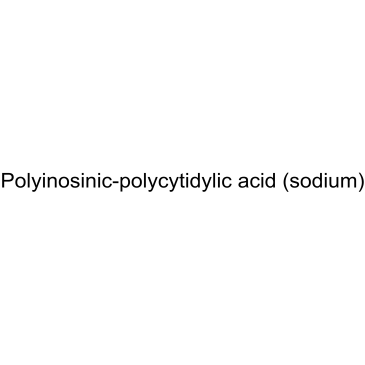
-
GN10348
Proanthocyanidin B1
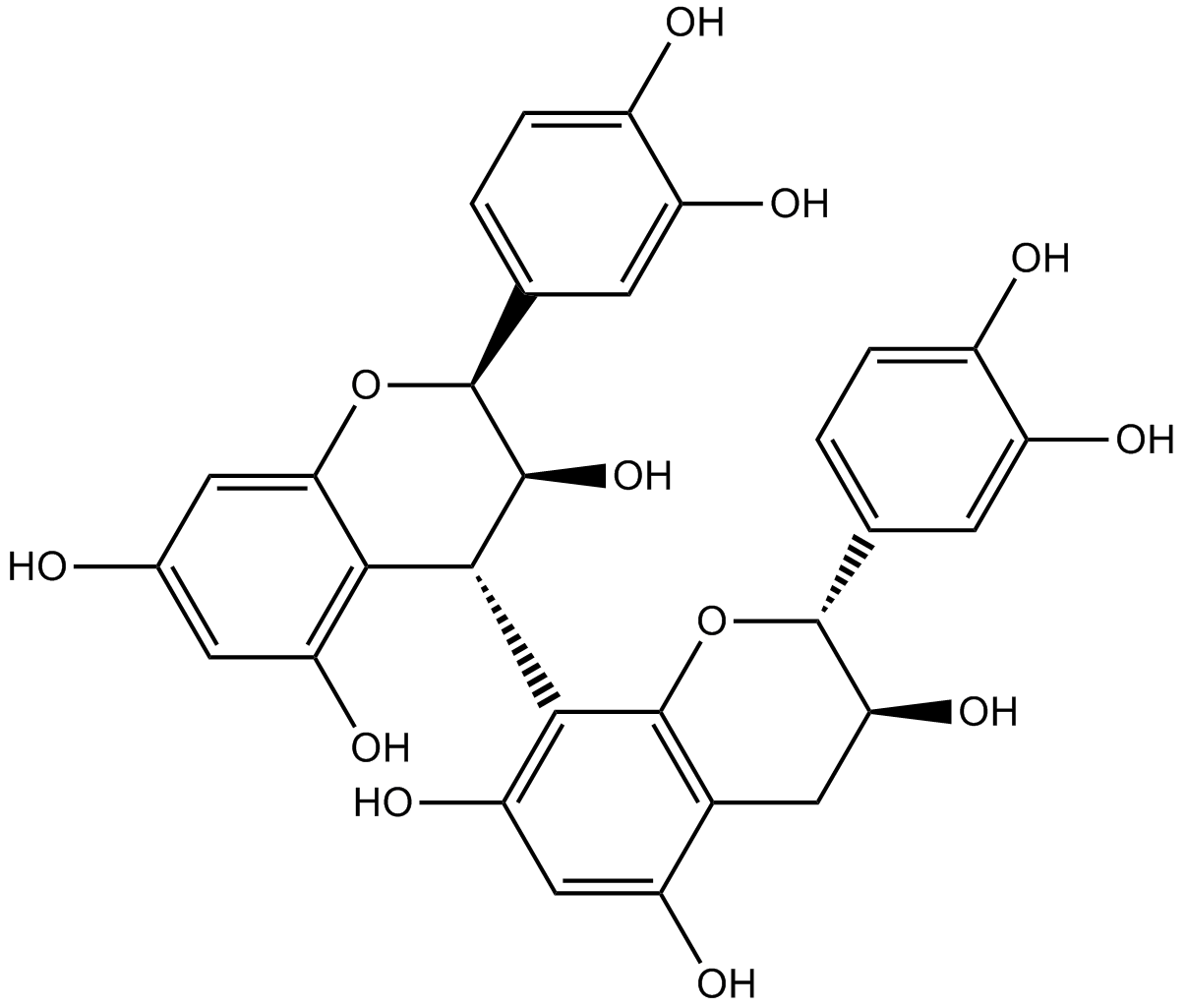
-
GC13650
Resiquimod (R-848)
Resiquimod (R-848) is a Toll-like receptor 7 and 8 (TLR7/TLR8) agonist that induces the upregulation of cytokines such as TNF-α, IL-6 and IFN-α.
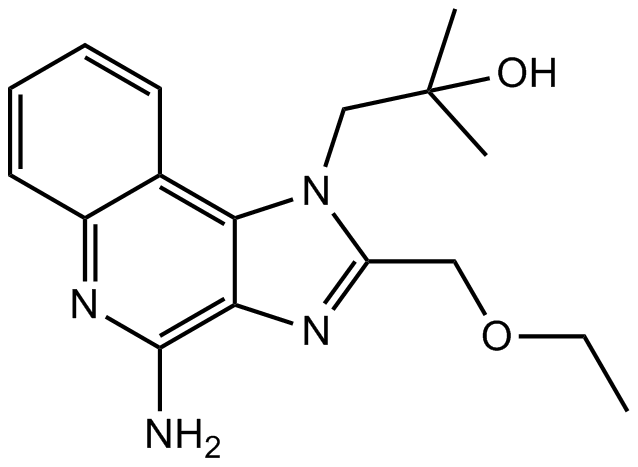
-
GC62636
Resiquimod-d5
Resiquimod-d5 (R848-d5) is deuterium labeled Resiquimod.
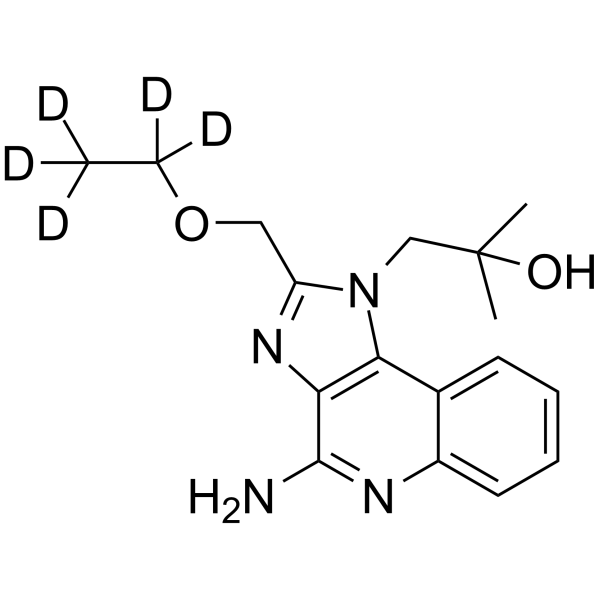
-
GC60328
Robinin
Robinin is present in?flavonoid?fraction of?Vigna unguiculata?leaf.
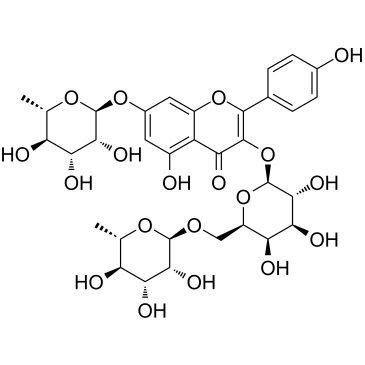
-
GC50297
RS 09
TLR4 peptide agonist; acts as an adjuvant in vivo

-
GC63760
RS 09 TFA
RS 09 TFA is a TLR4 agonist.
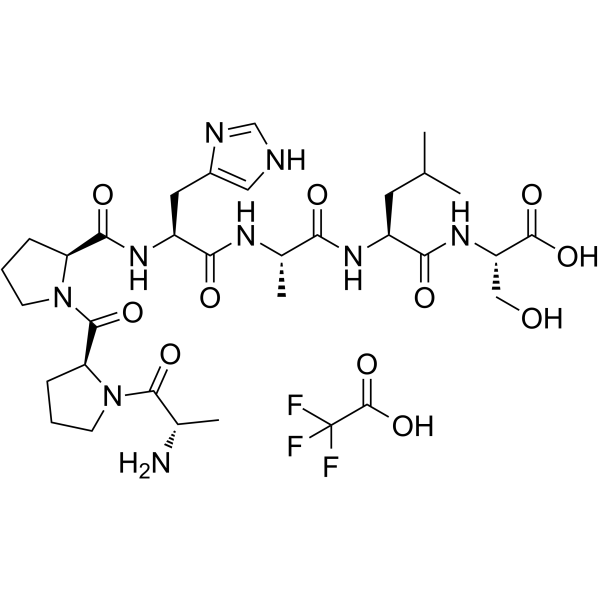
-
GC16538
RWJ 21757
RWJ 21757 (7-Allyl-8-oxoguanosine) is a guanosine analog with anti-viral and anti-tumor activities.
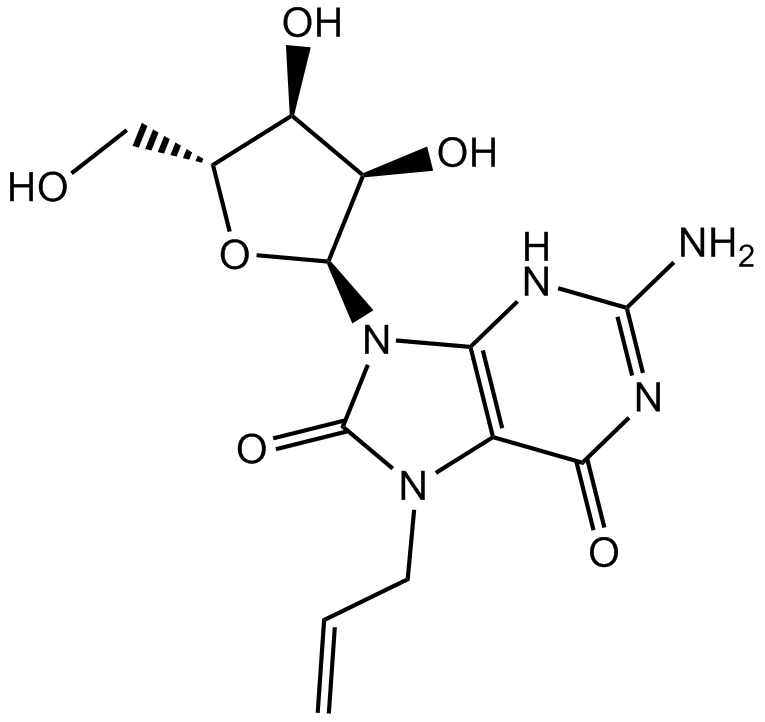
-
GN10091
Schaftoside
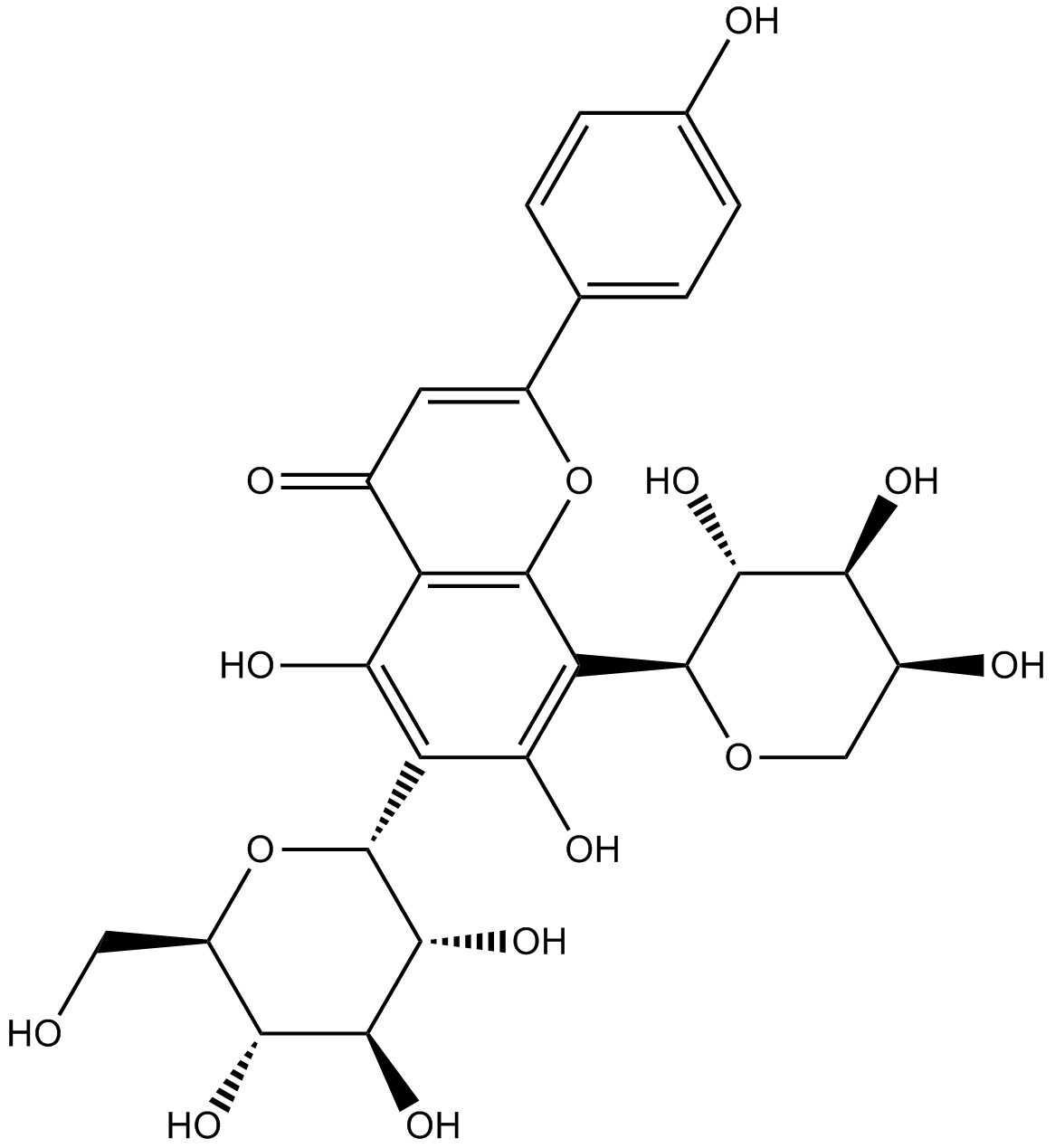
-
GC50165
SM 324405
Potent TLR7 agonist
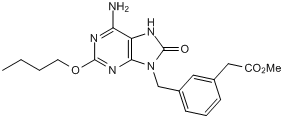
-
GC60344
Sparstolonin B
Sparstolonin B acts as a selective TLR2 and TLR4 antagonist and selectively blocks TLR2- and TLR4-mediated inflammatory signaling.
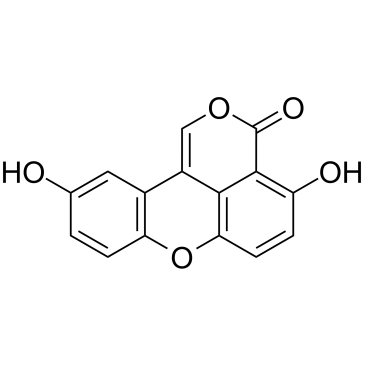
-
GC64456
Stepharine
Stepharine, an natural alkaloid, directly interactes with TLR4 and binds to the TLR4/MD2 complex (TLR4 inhibitor).
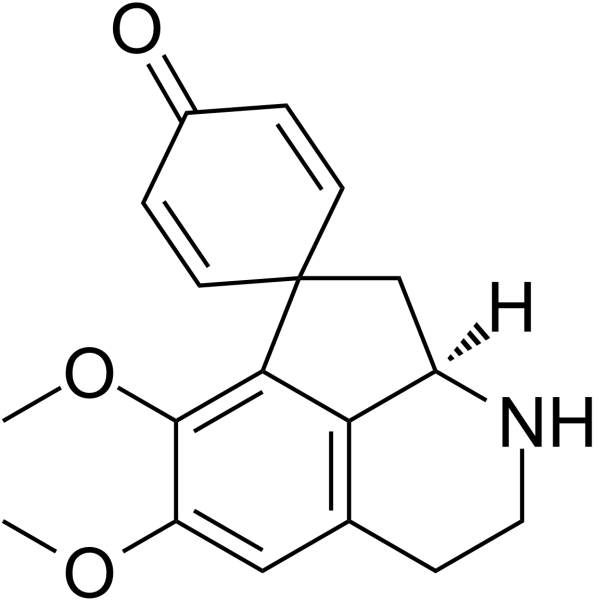
-
GC61803
Sulfo-ara-F-NMN
Sulfo-ara-F-NMN (CZ-48) is a mimetic of nicotinamide mononucleotide (NMN).
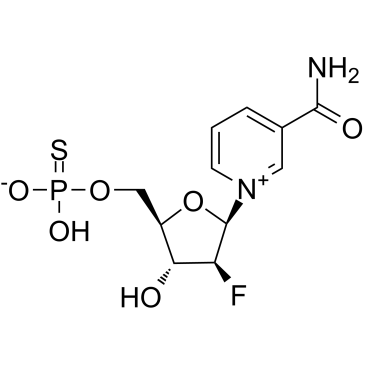
-
GC14438
Suprofen
dual COX-1/COX-2 inhibitor
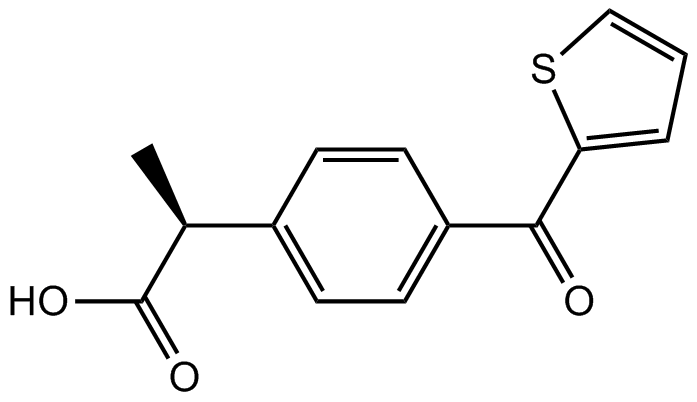
-
GC16148
TAK-242
A TLR4 antagonist
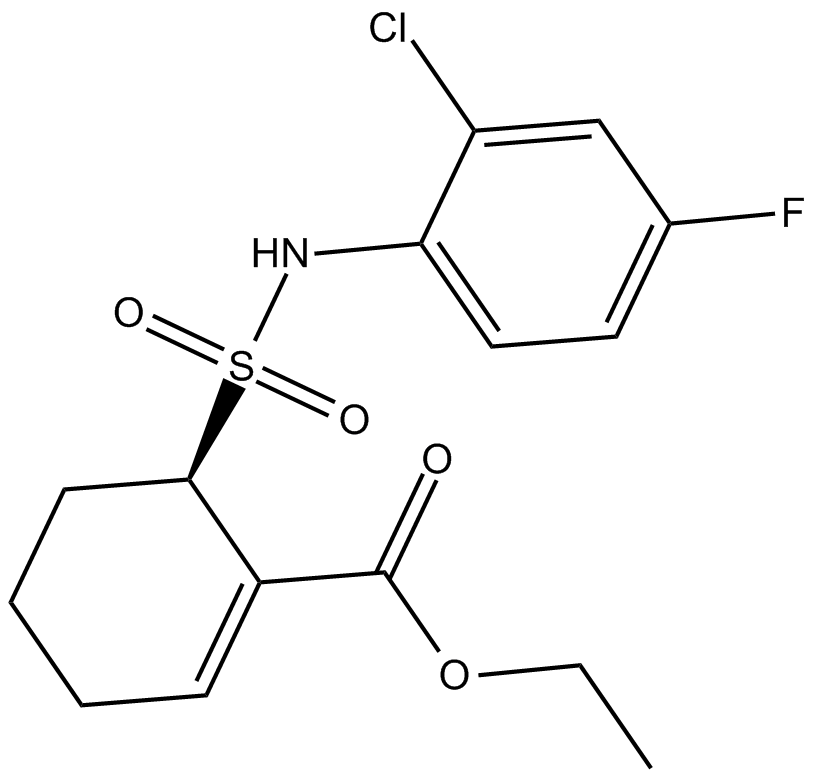
-
GC11294
TAK-242 S enantiomer
TLR 4 signaling inhibitor
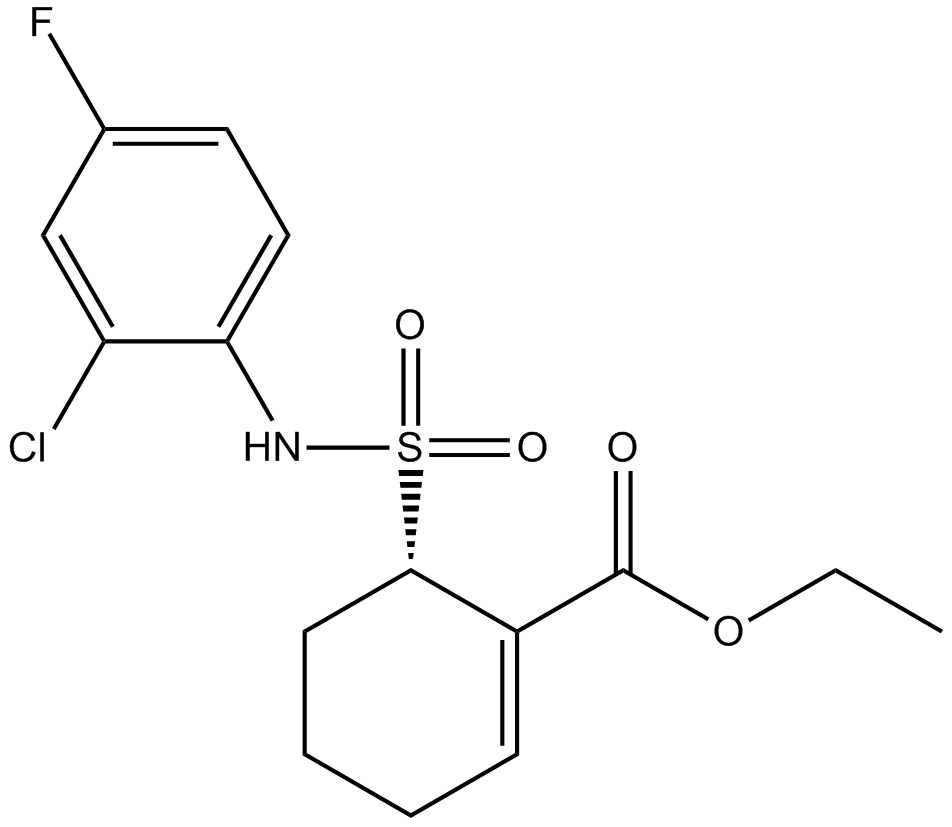
-
GC33076
Telratolimod (MEDI 9197)
Telratolimod (MEDI 9197) (MEDI9197) is a potent toll like receptors 7/8 (TLR7/8) agonist, with antitumor activity.
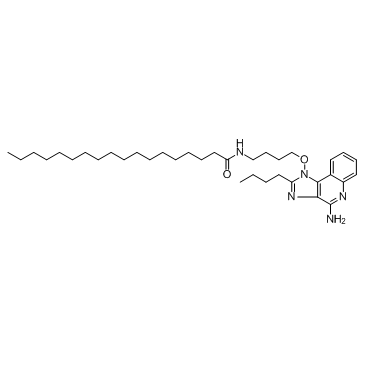
-
GC50374
TH 1020
Toll-like receptor (TLR) 5/Flagellin complex antagonist
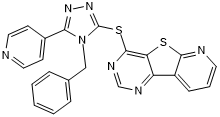
-
GC64901
TLR7 agonist 4
TLR7 agonist 4 (Compound 1.2) is a TLR7 agonist with an EC50 of 4.3 nM.
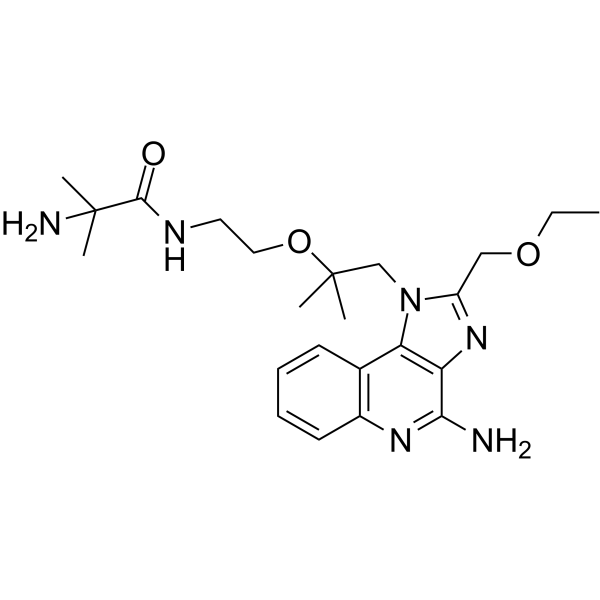
-
GC19357
TLR7-agonist-1
TLR7-agonist-1 is a potent and selective Toll-like Receptor 7 (TLR7) agonist with a LEC of 0.4 μM.
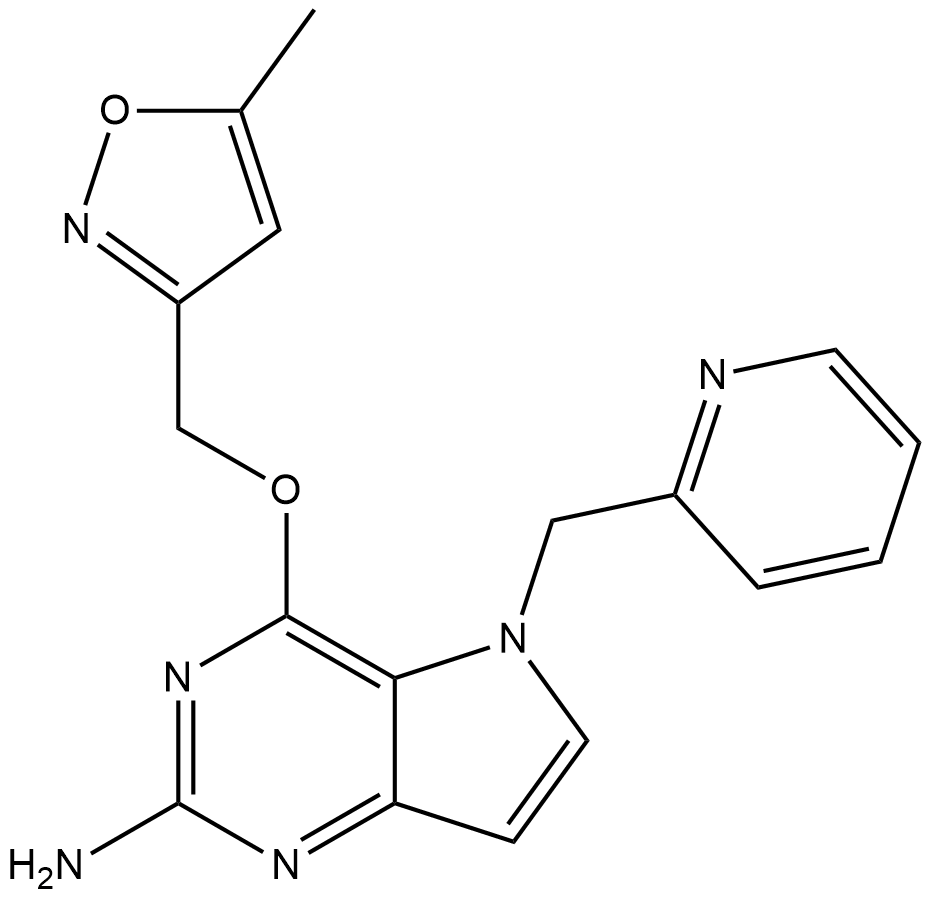
-
GC30516
TLR7/8 agonist 1 dihydrochloride
A dual agonist of TLR7 and TLR8
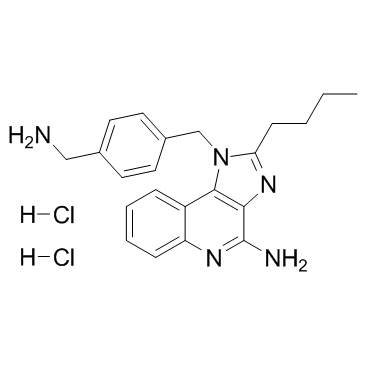
-
GC62395
TLR7/8 agonist 3
TLR7/8 agonist 3 is a potent TLR7 and TLR8 agonist, extracted from patent WO2016057618 (compound of formula (II)).
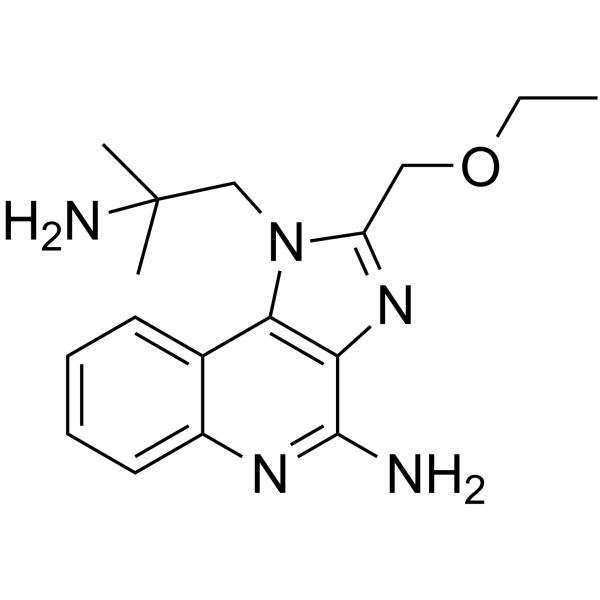
-
GC65915
TLR7/8 agonist 4
TLR7/8 agonist 4 (compound 41) is a potent TLR7/8 agonist. TLR7/8 agonist 4 has anti-cancer activity.
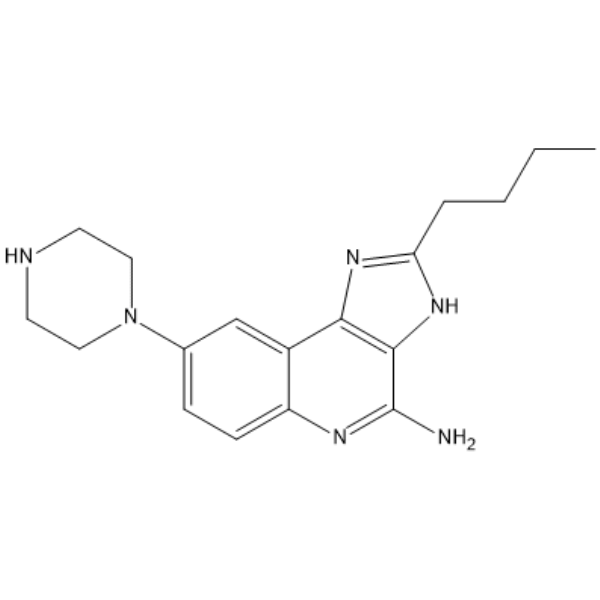
-
GC62668
TLR7/8-IN-1
TLR7/8-IN-1 is a crystalline from of a TLR7/TLR8 inhibitor extracted from patent WO2019220390, compound 2b.
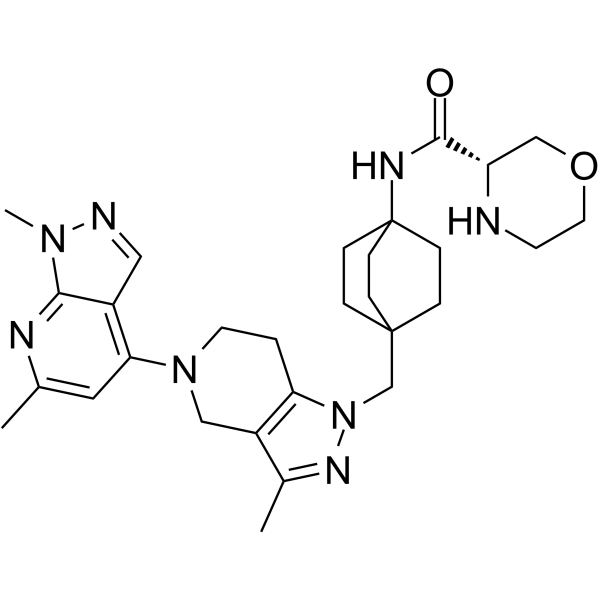
-
GC67699
TLR8 agonist 5
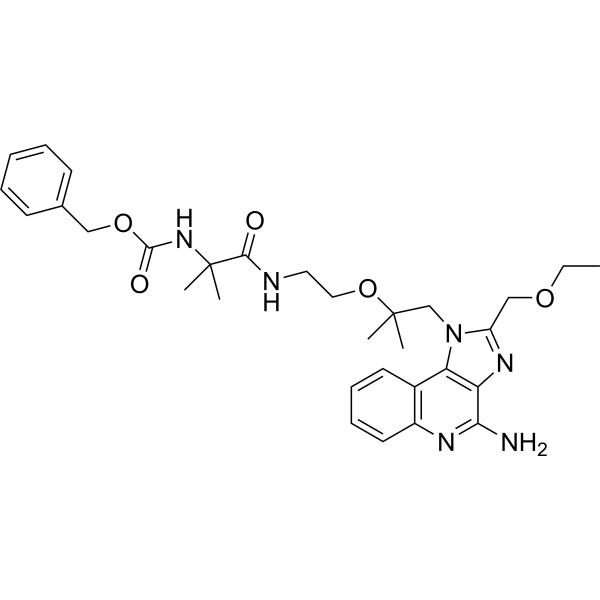
-
GC17996
Toll-like receptor modulator
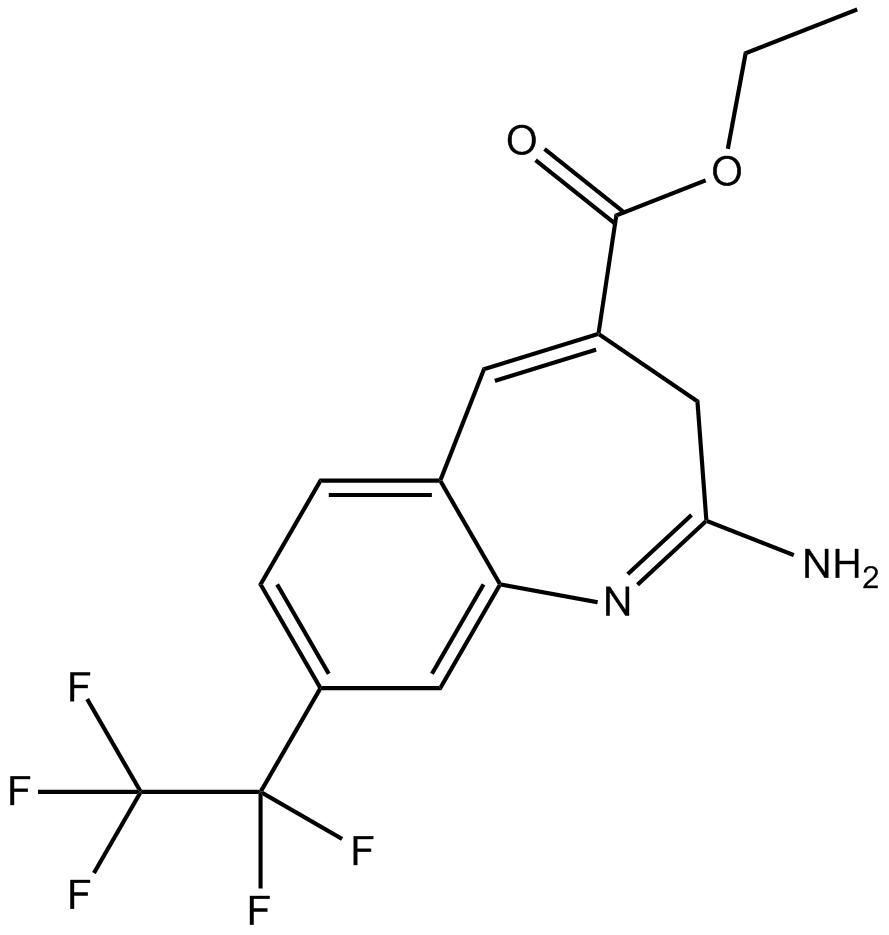
-
GC64262
Tri(TLR4-IN-C34-PEG2-amide-PEG1)-amide-C3-COOH
Tri(TLR4-IN-C34-PEG2-amide-PEG1)-amide-C3-COOH is a linker that incorporates TLR4 inhibitor TLR4-IN-C34.
